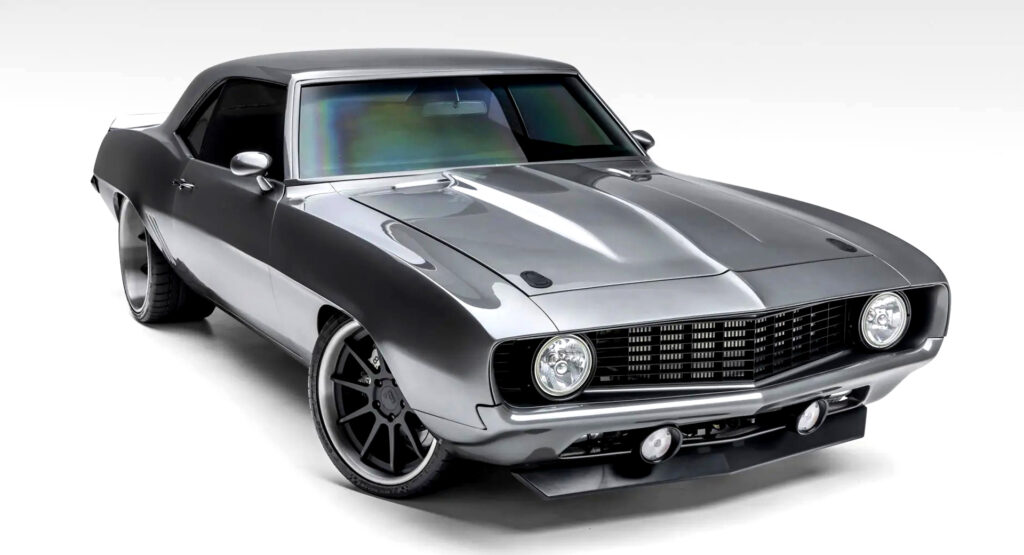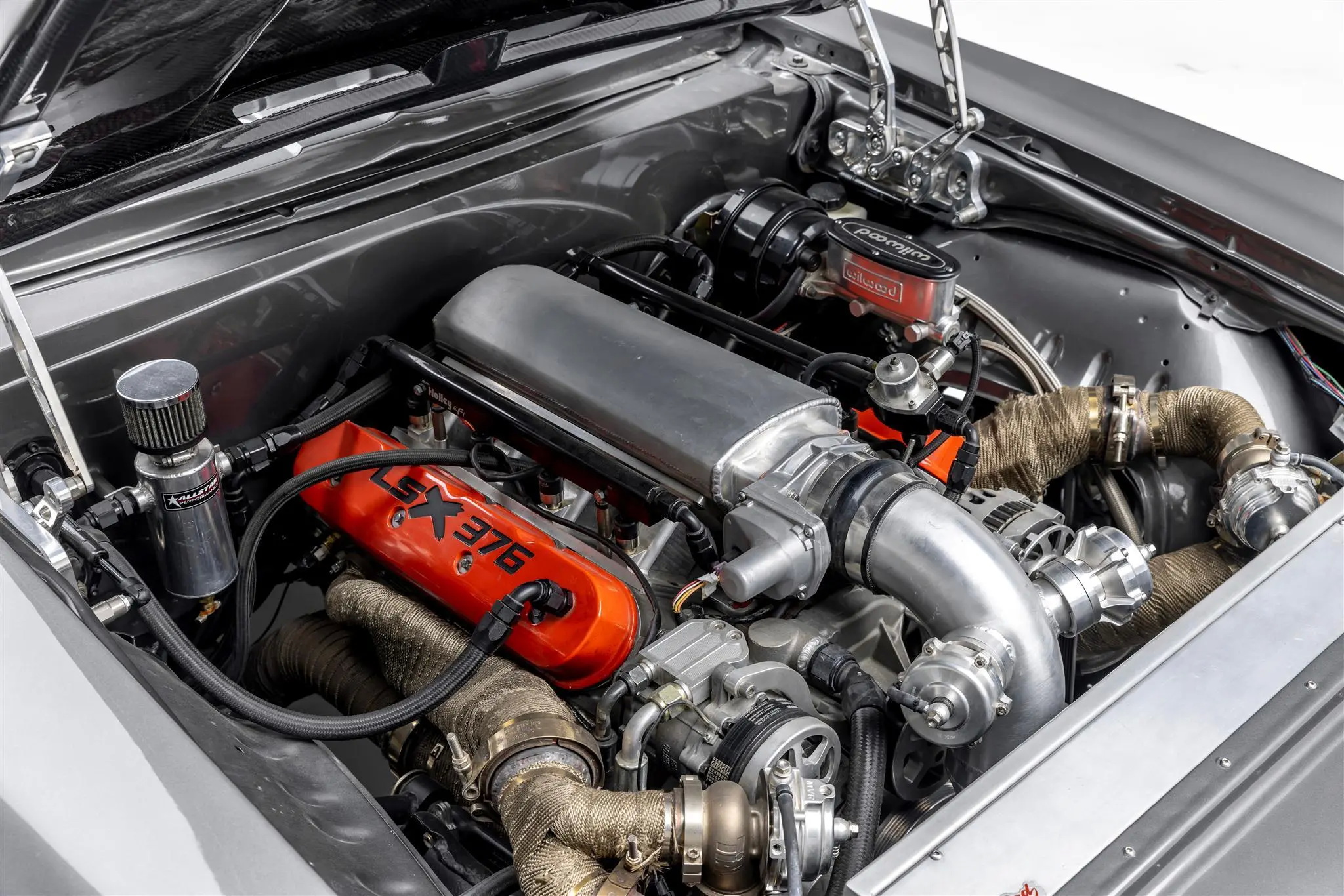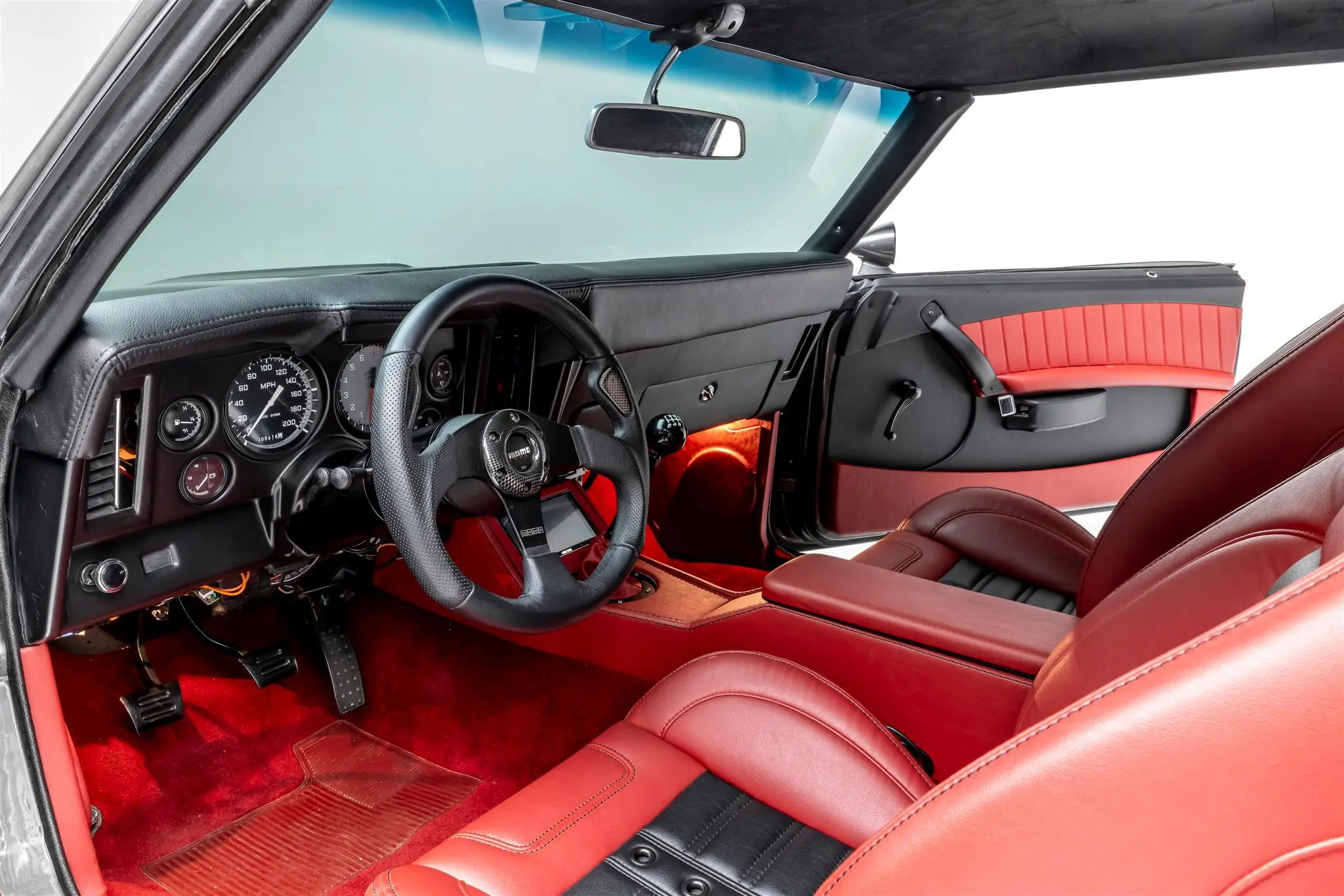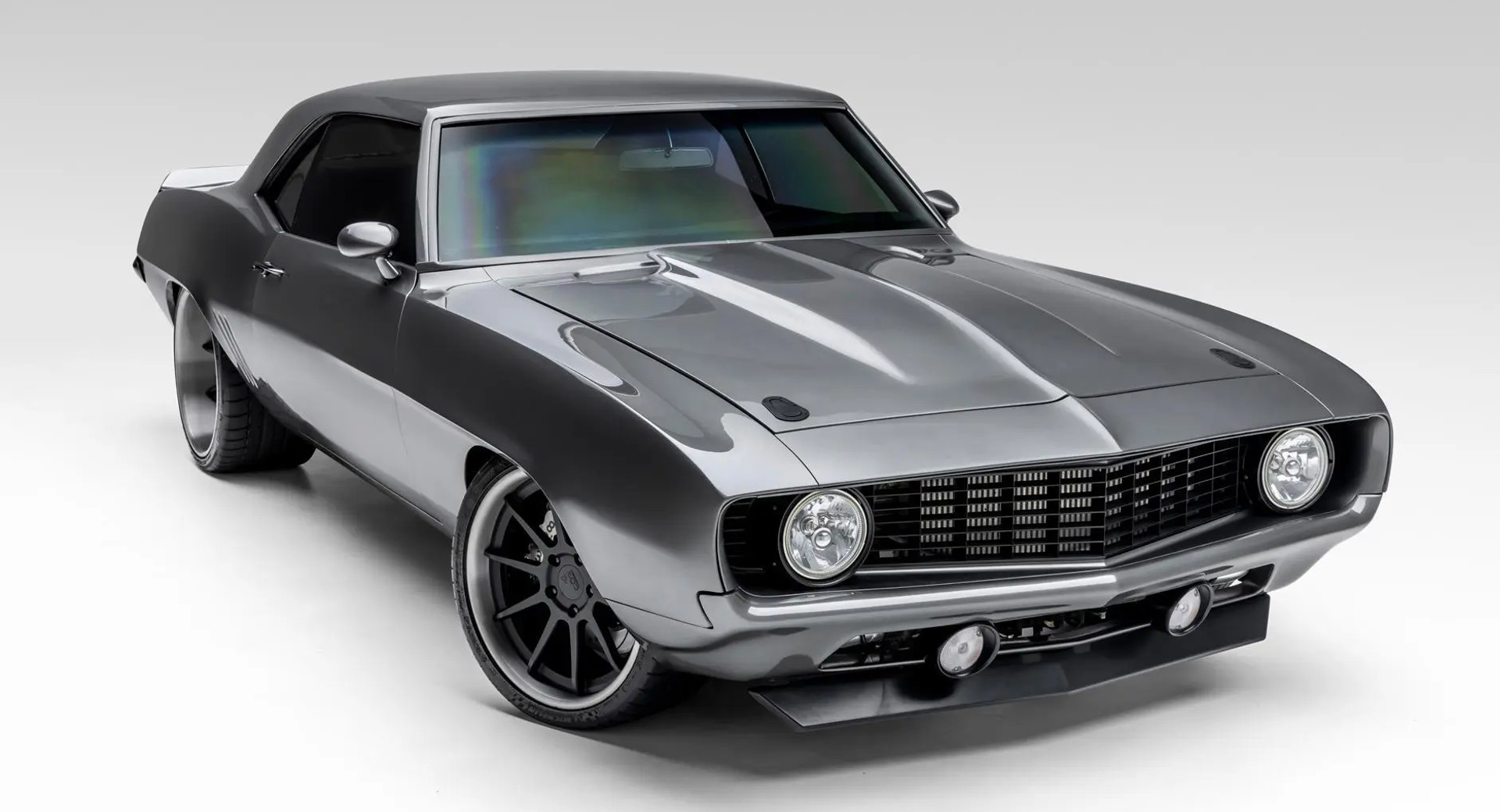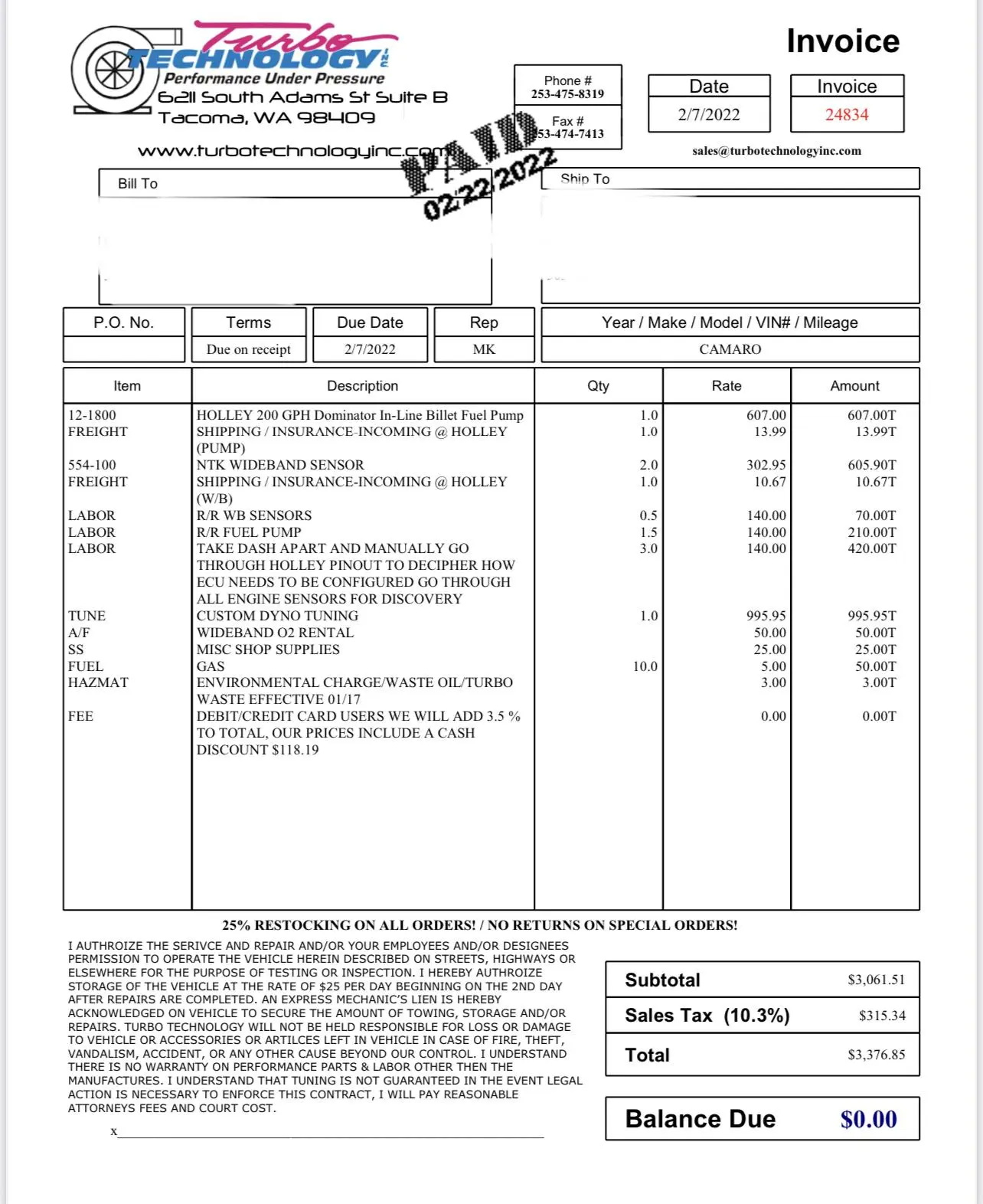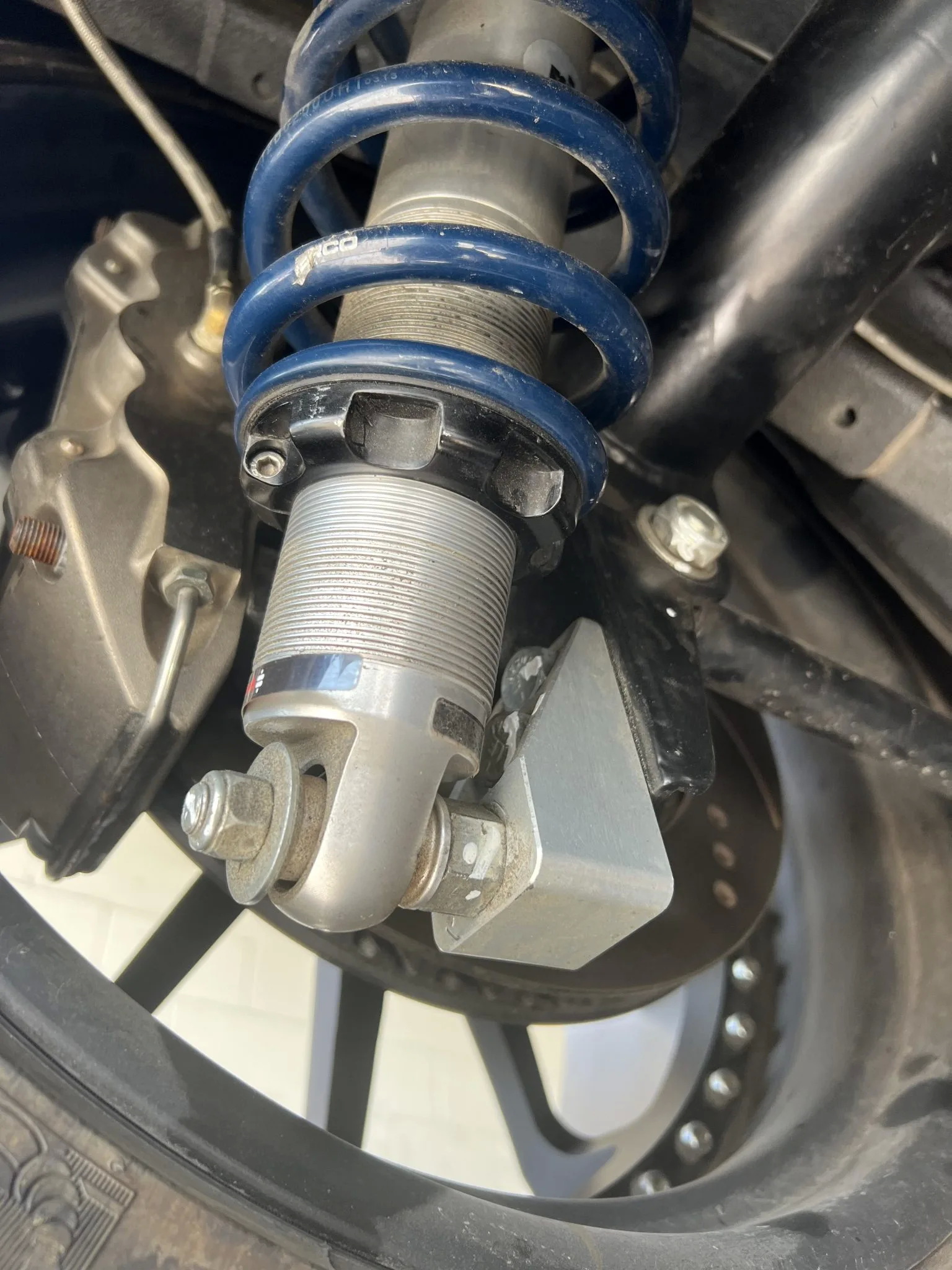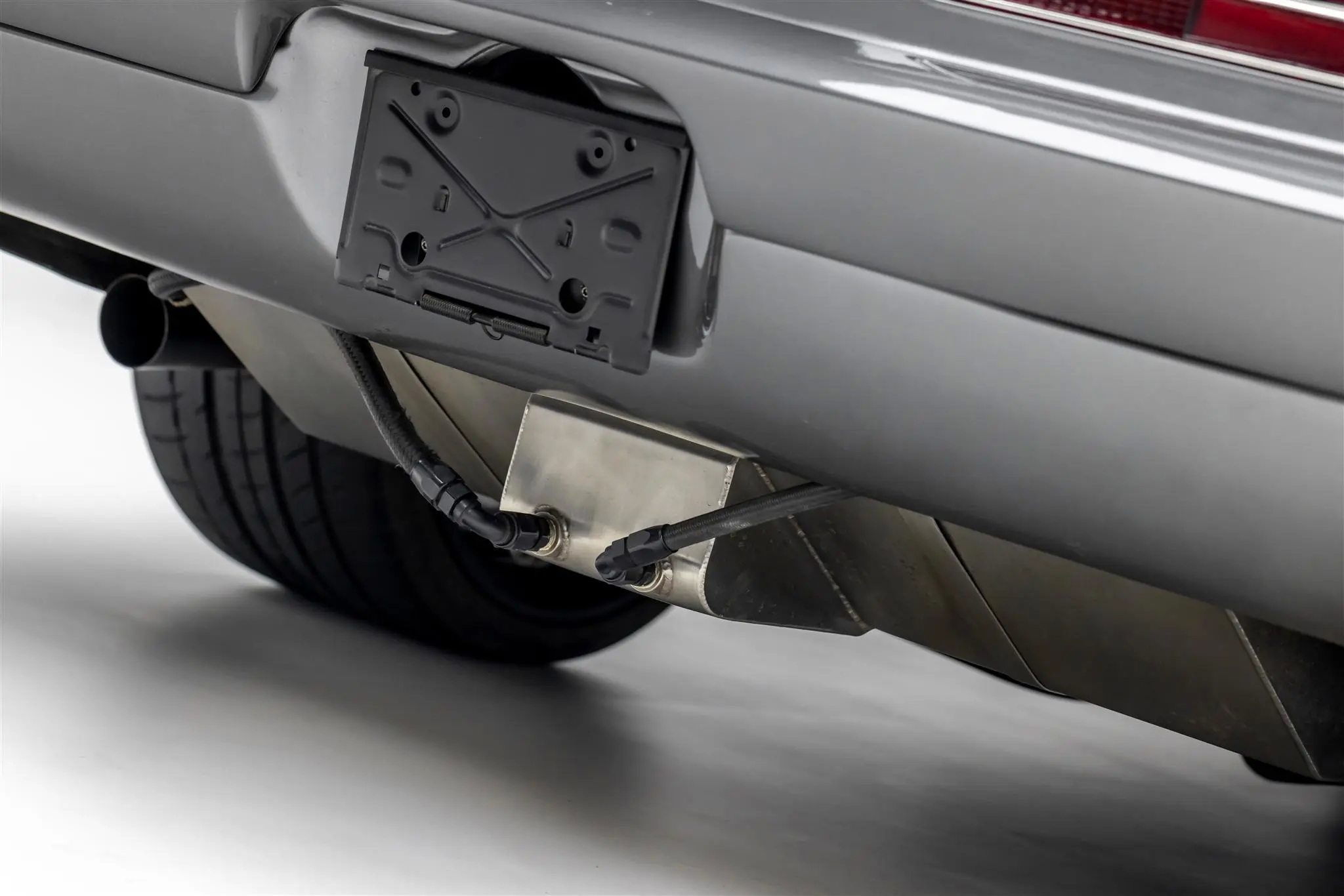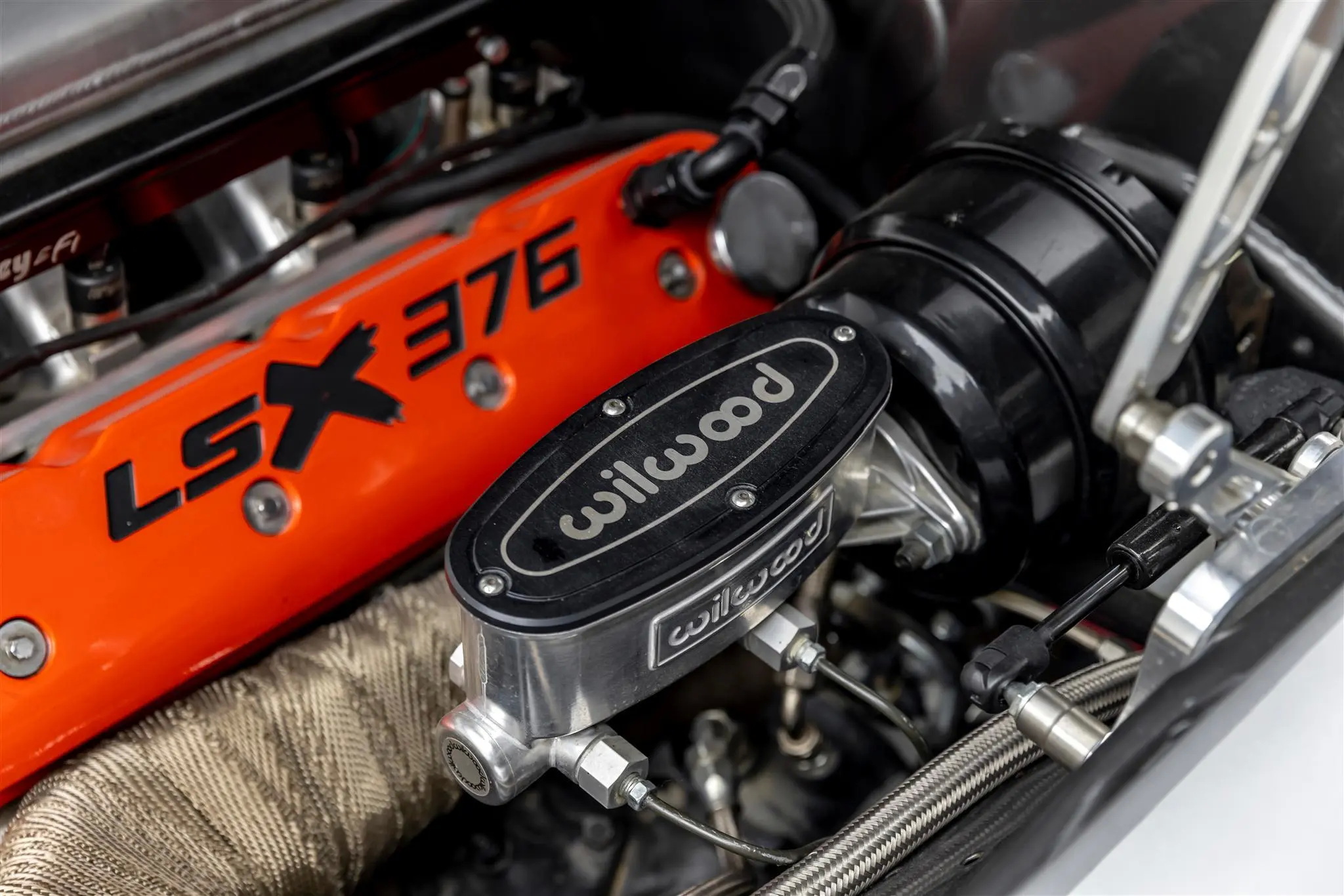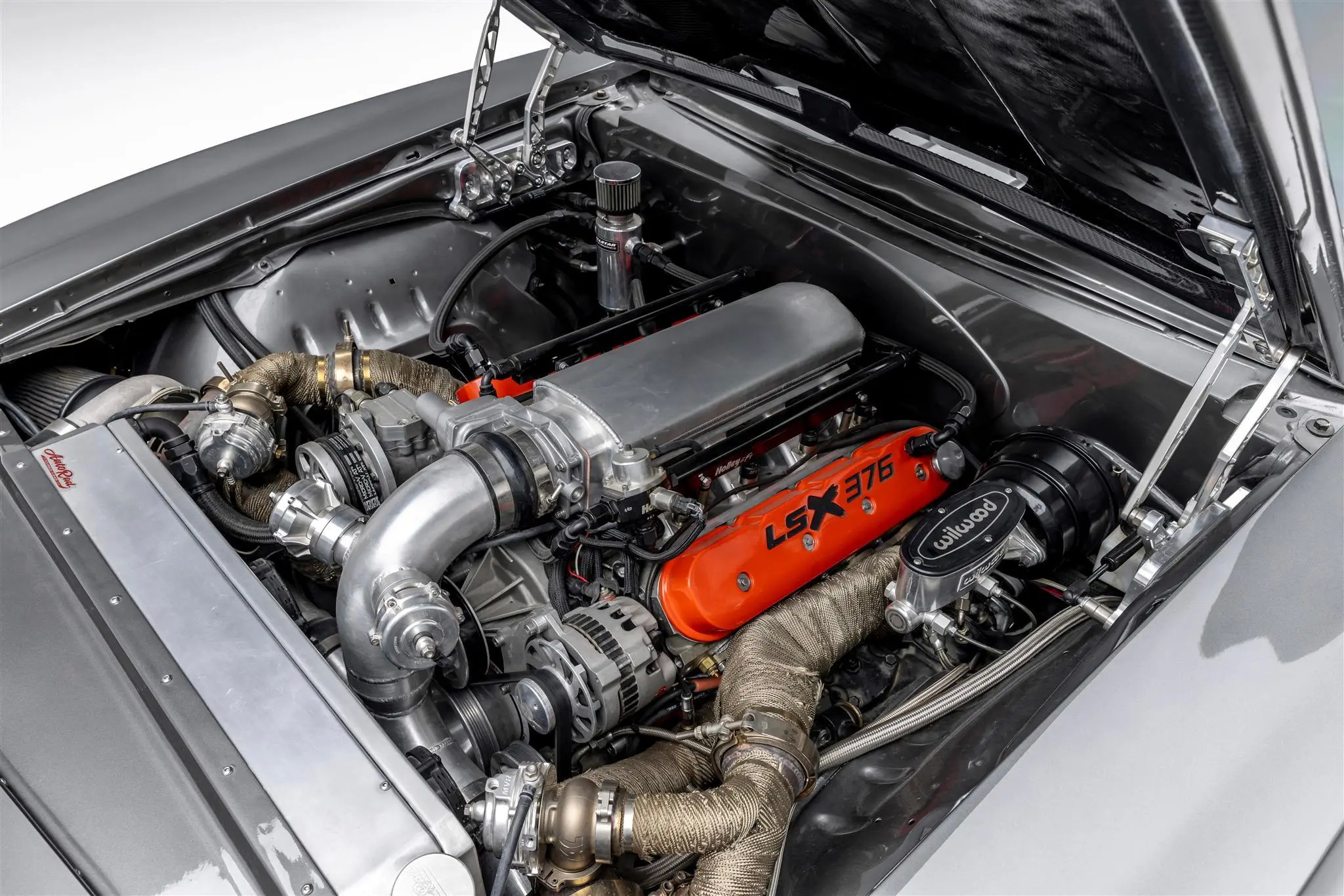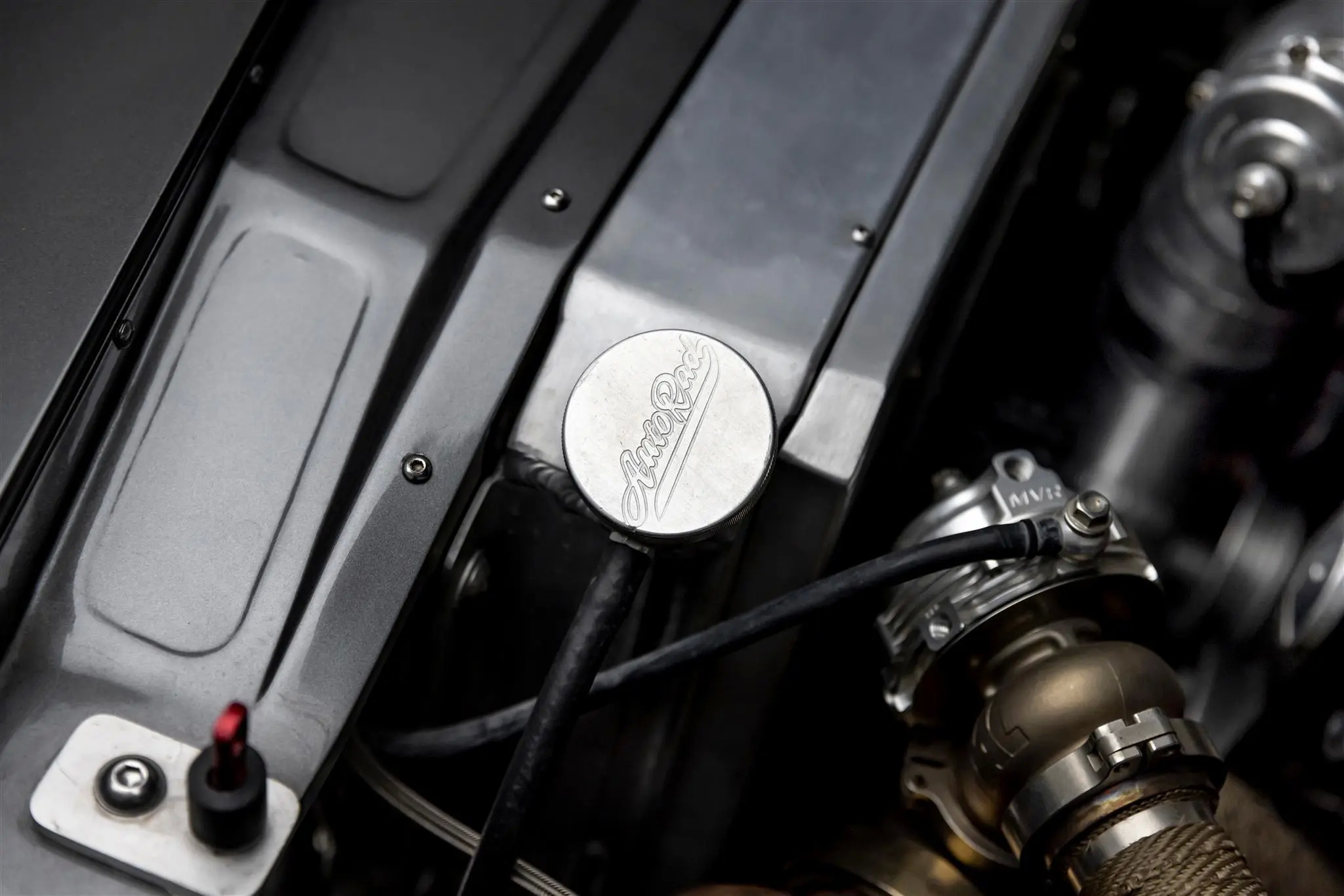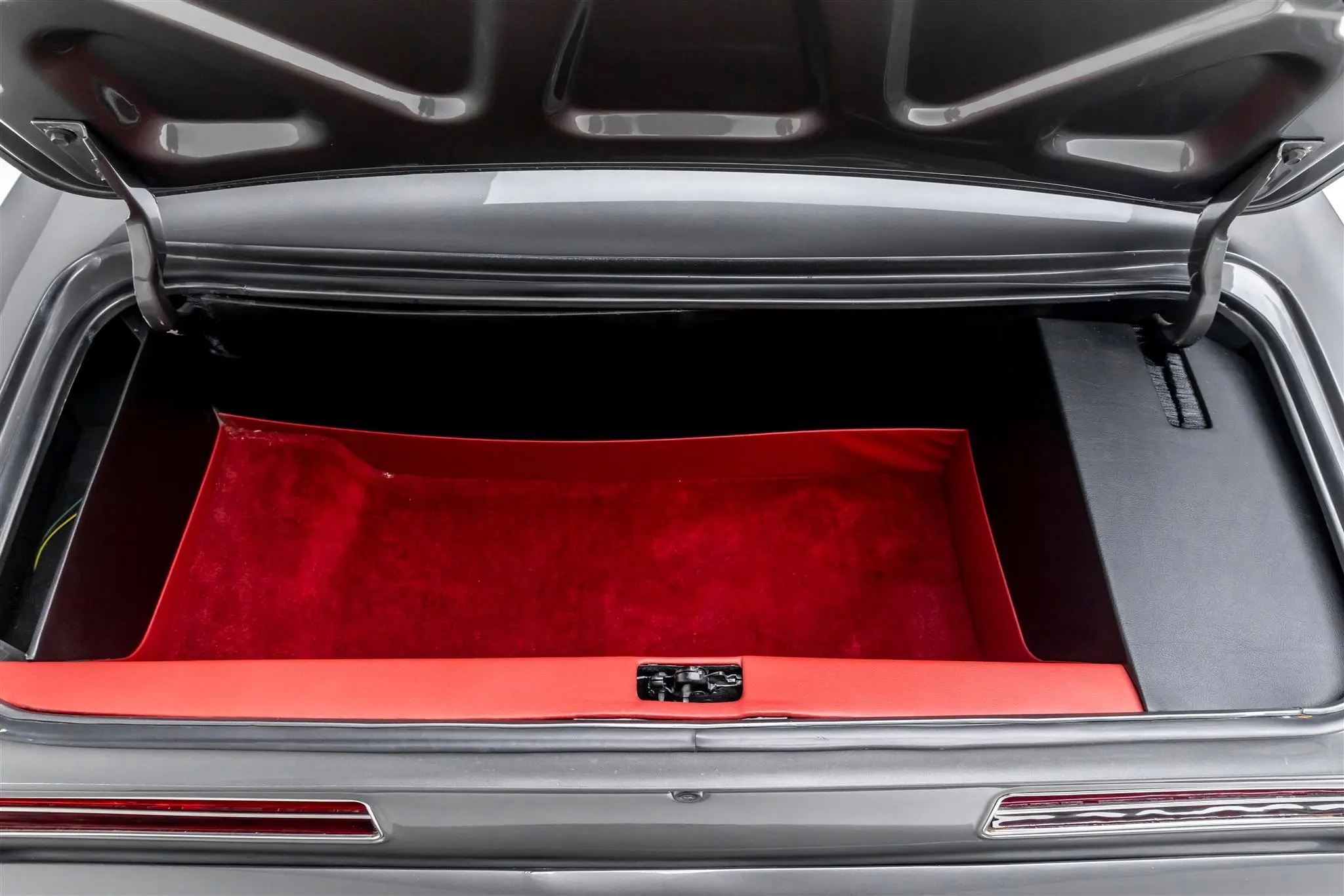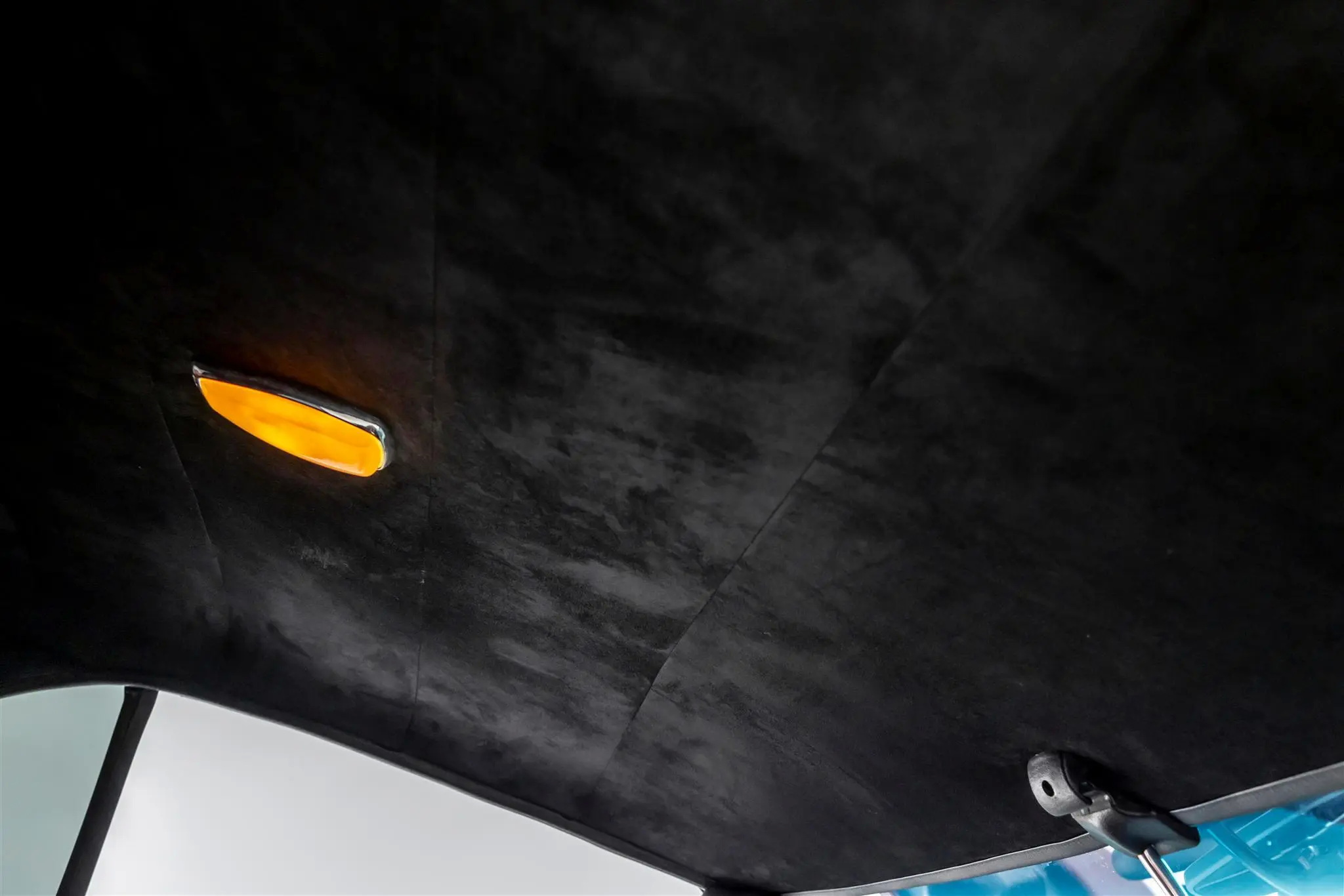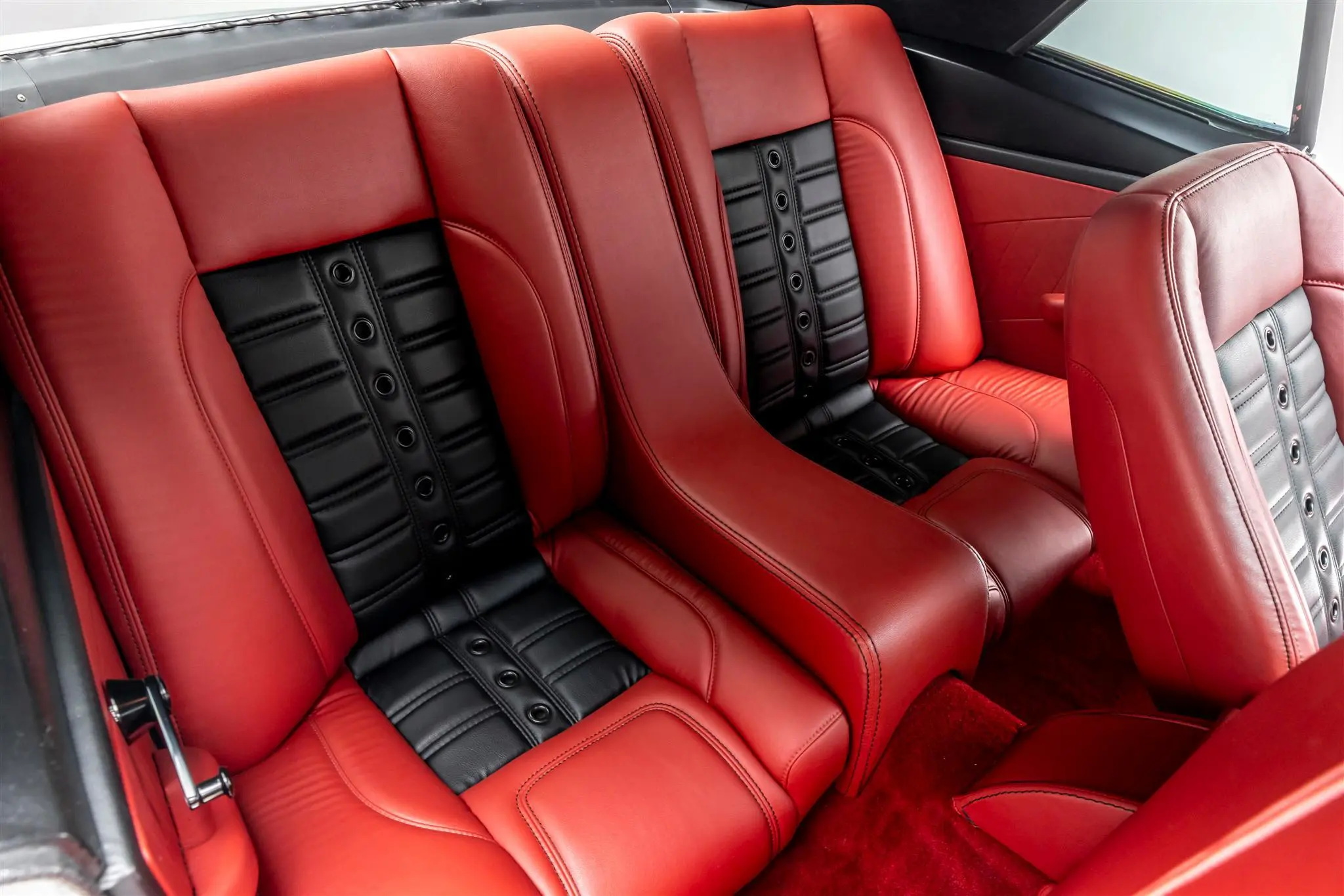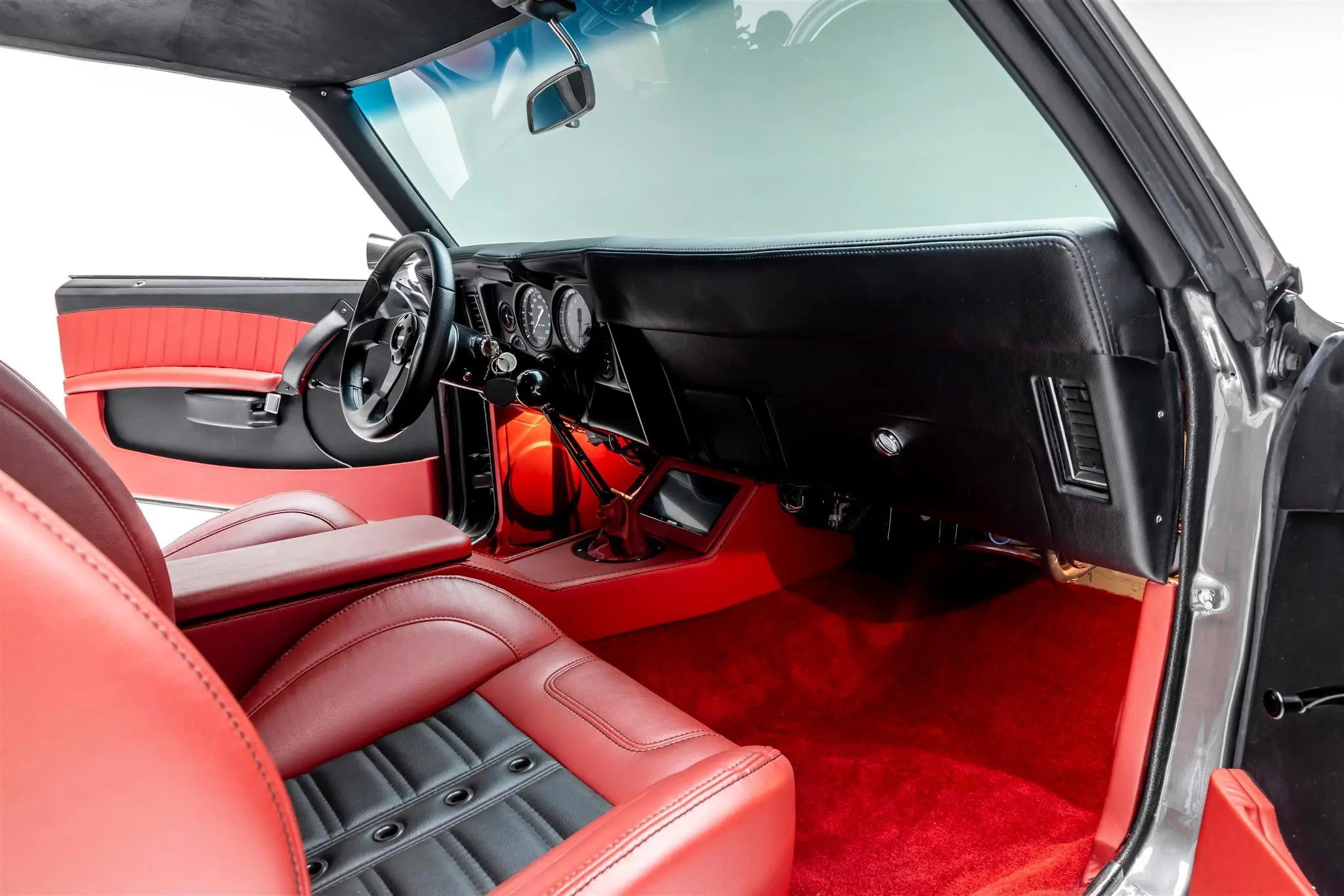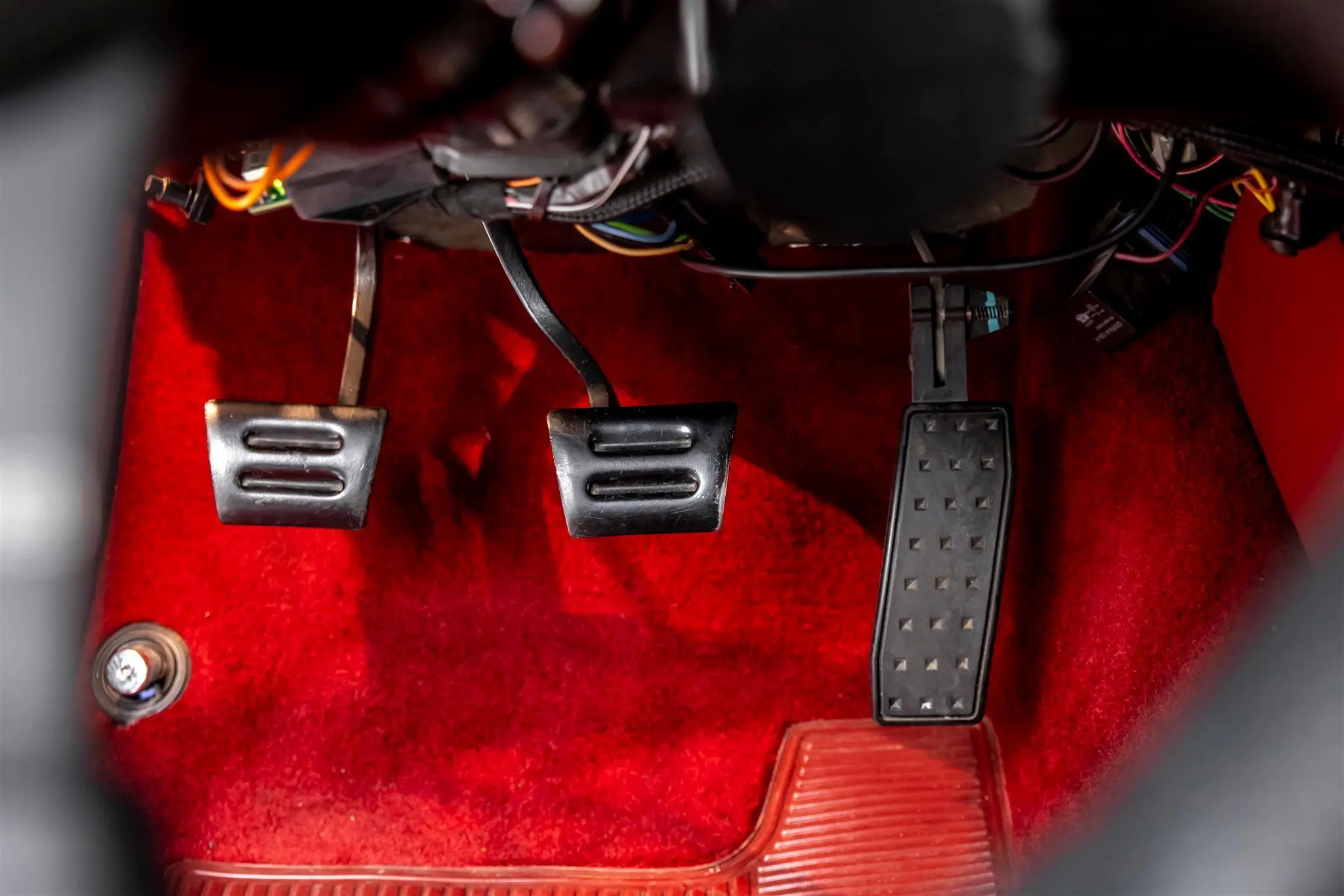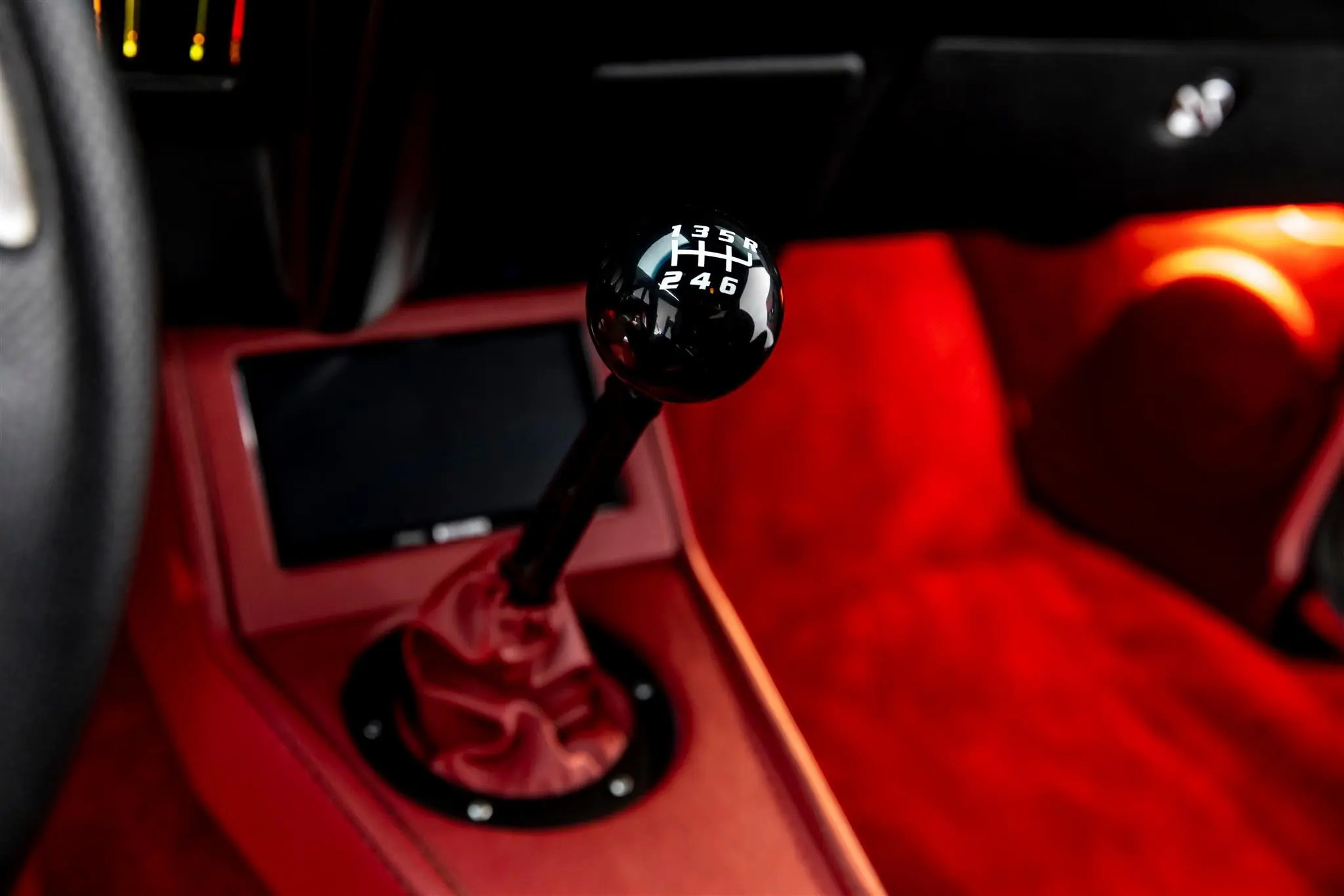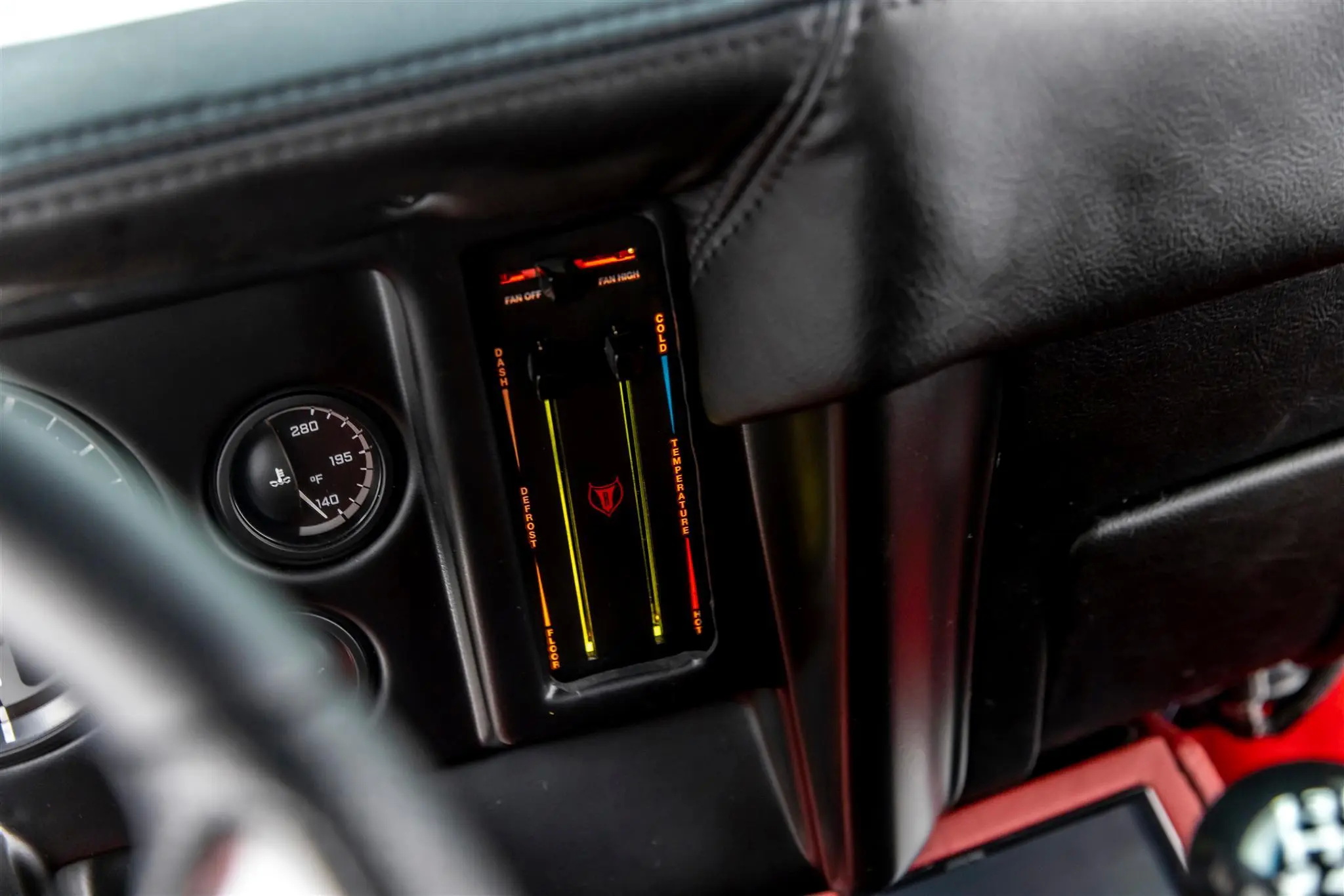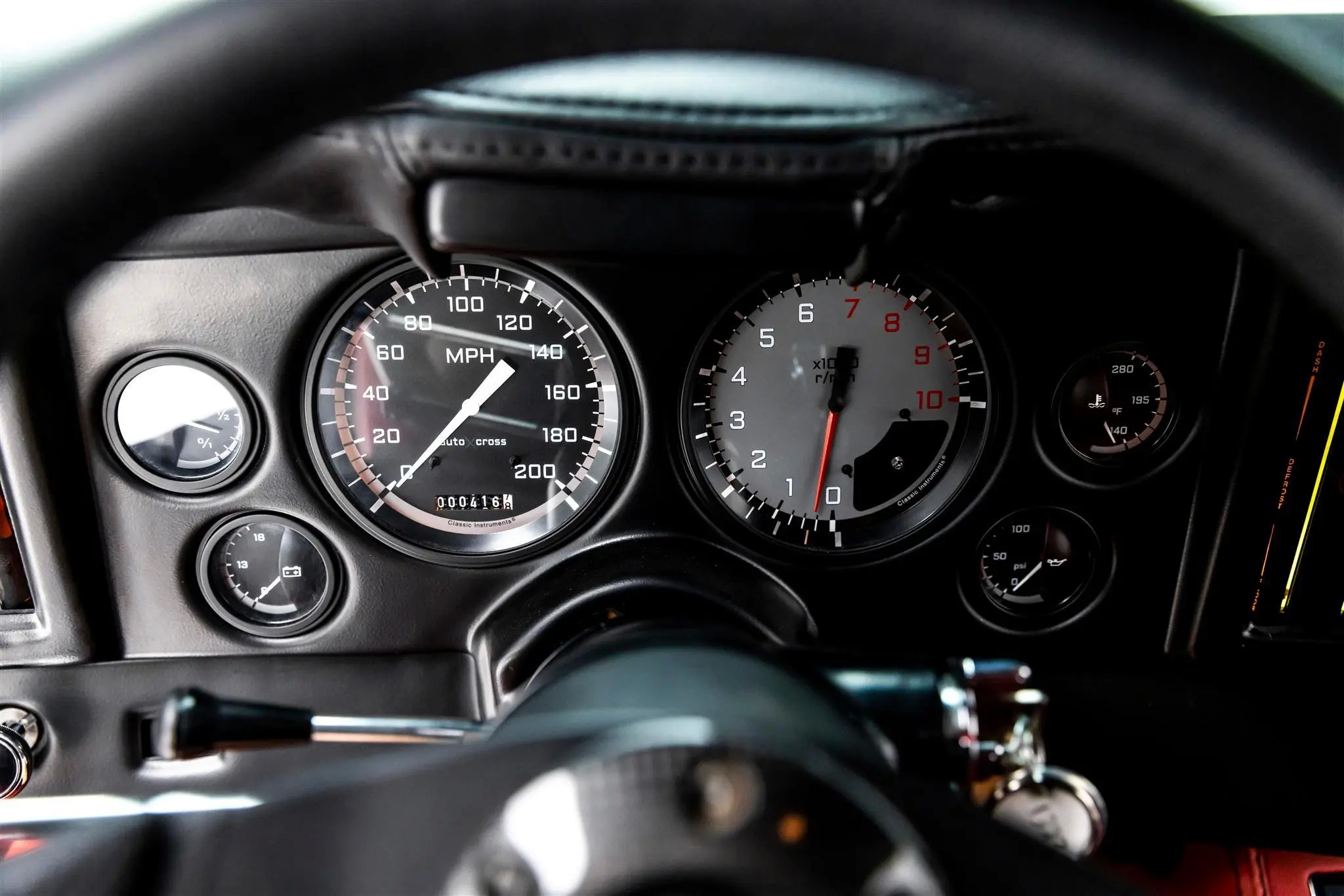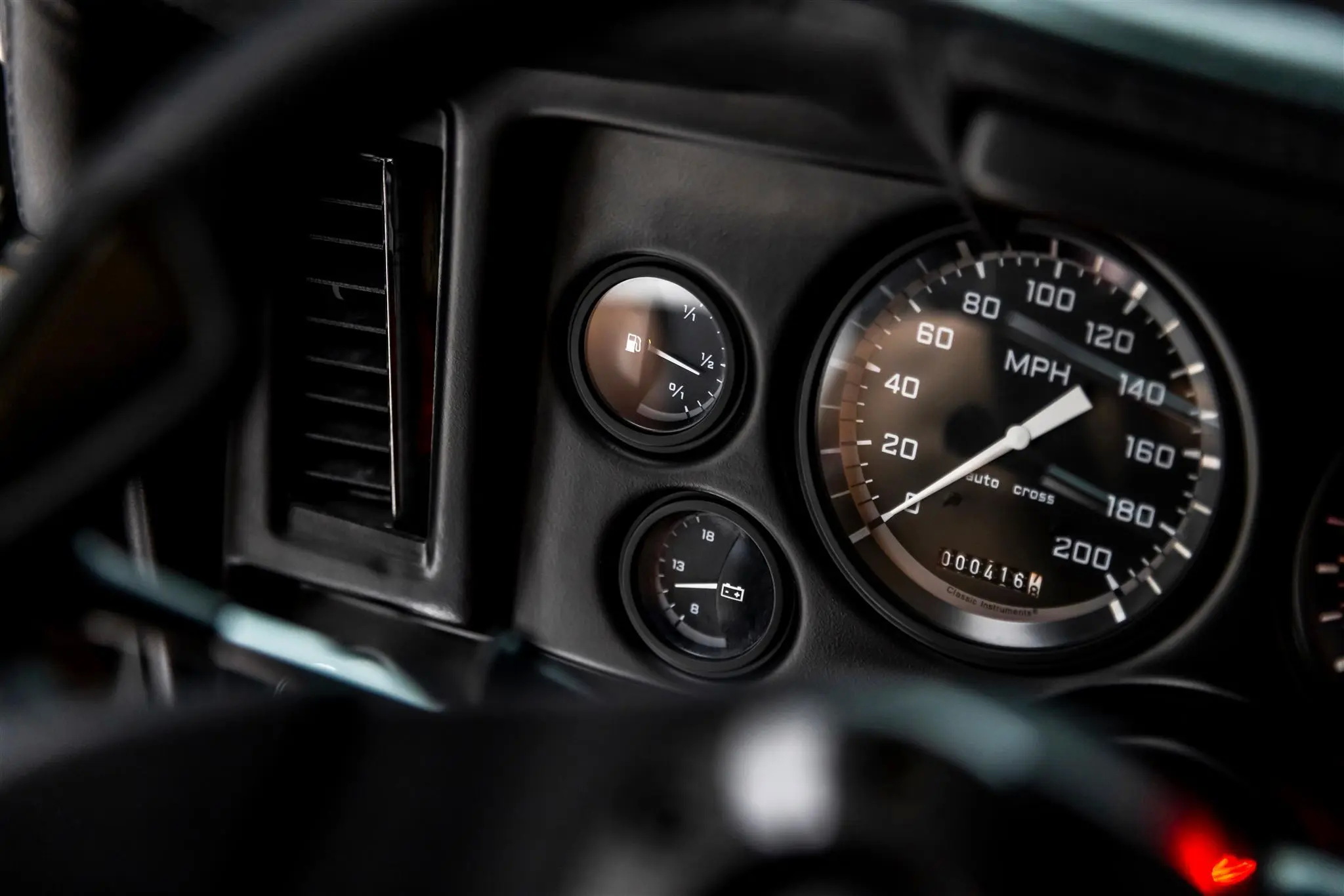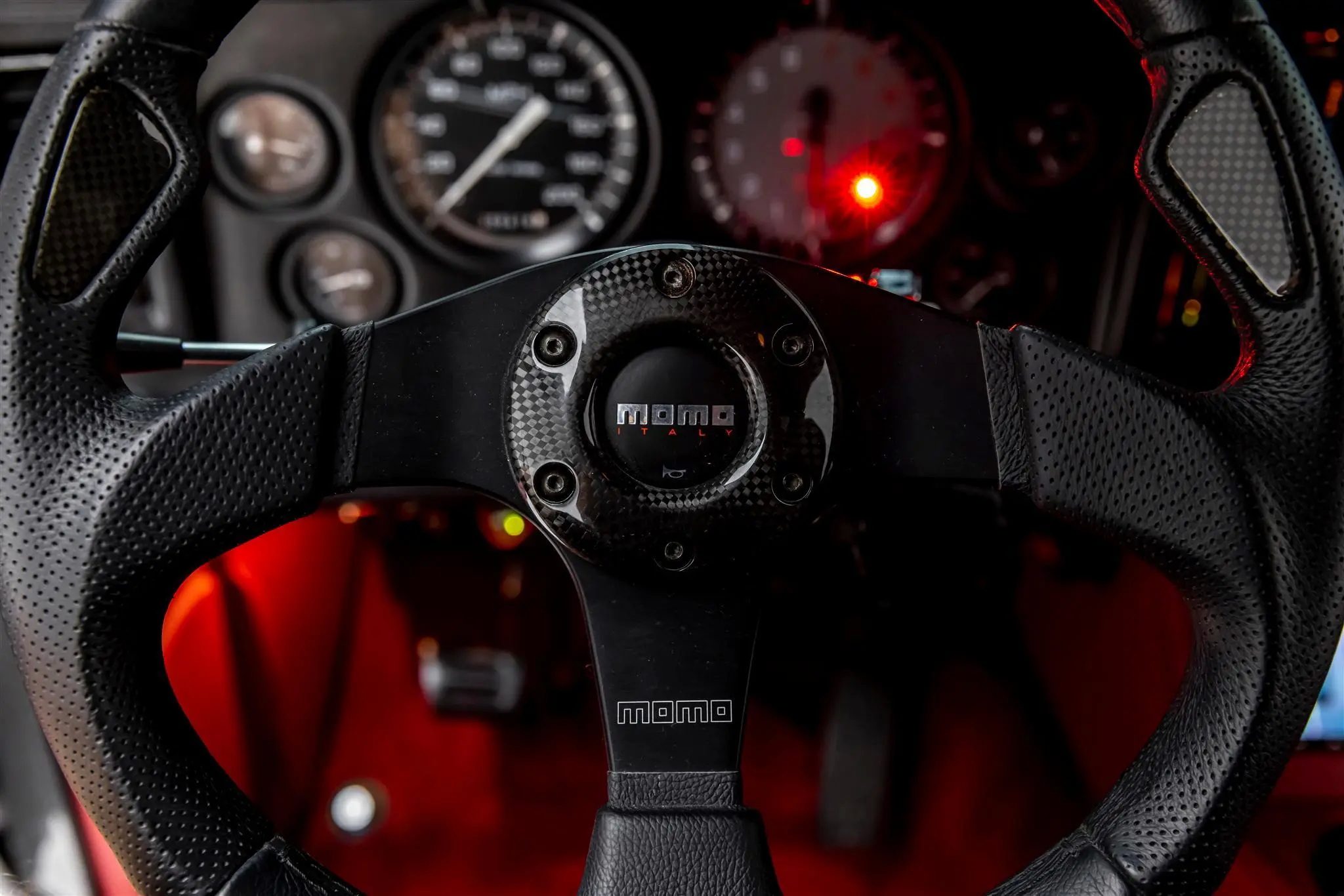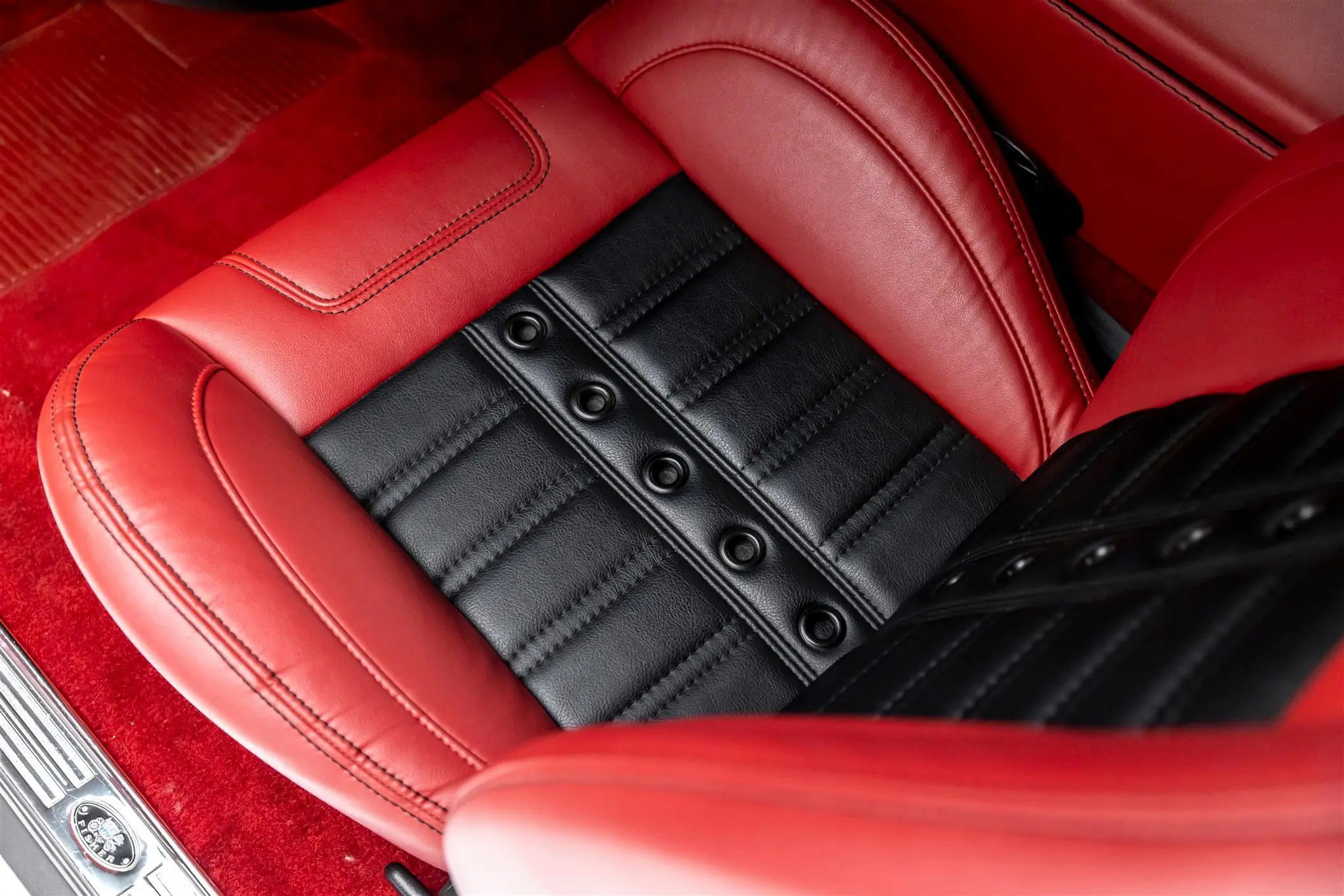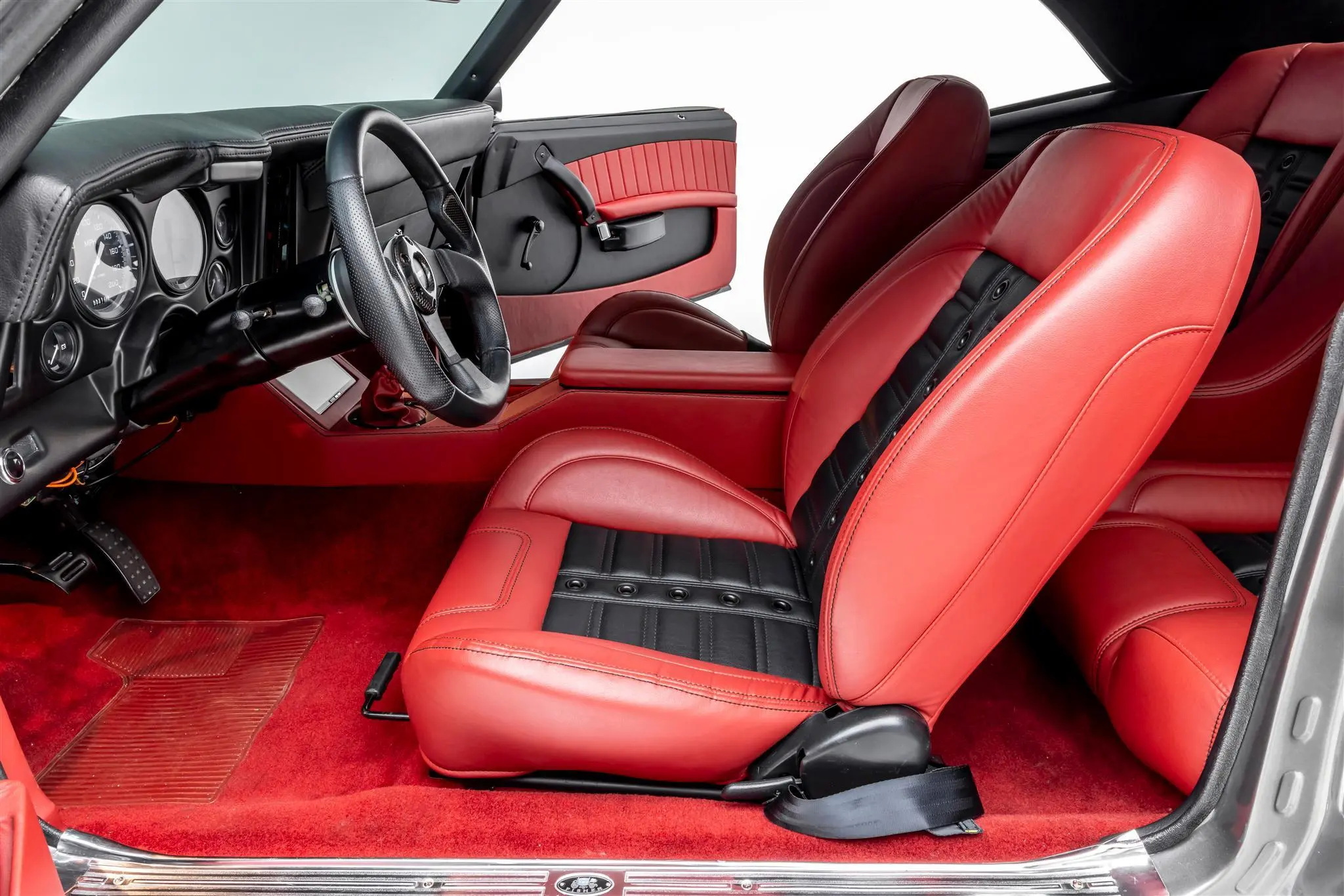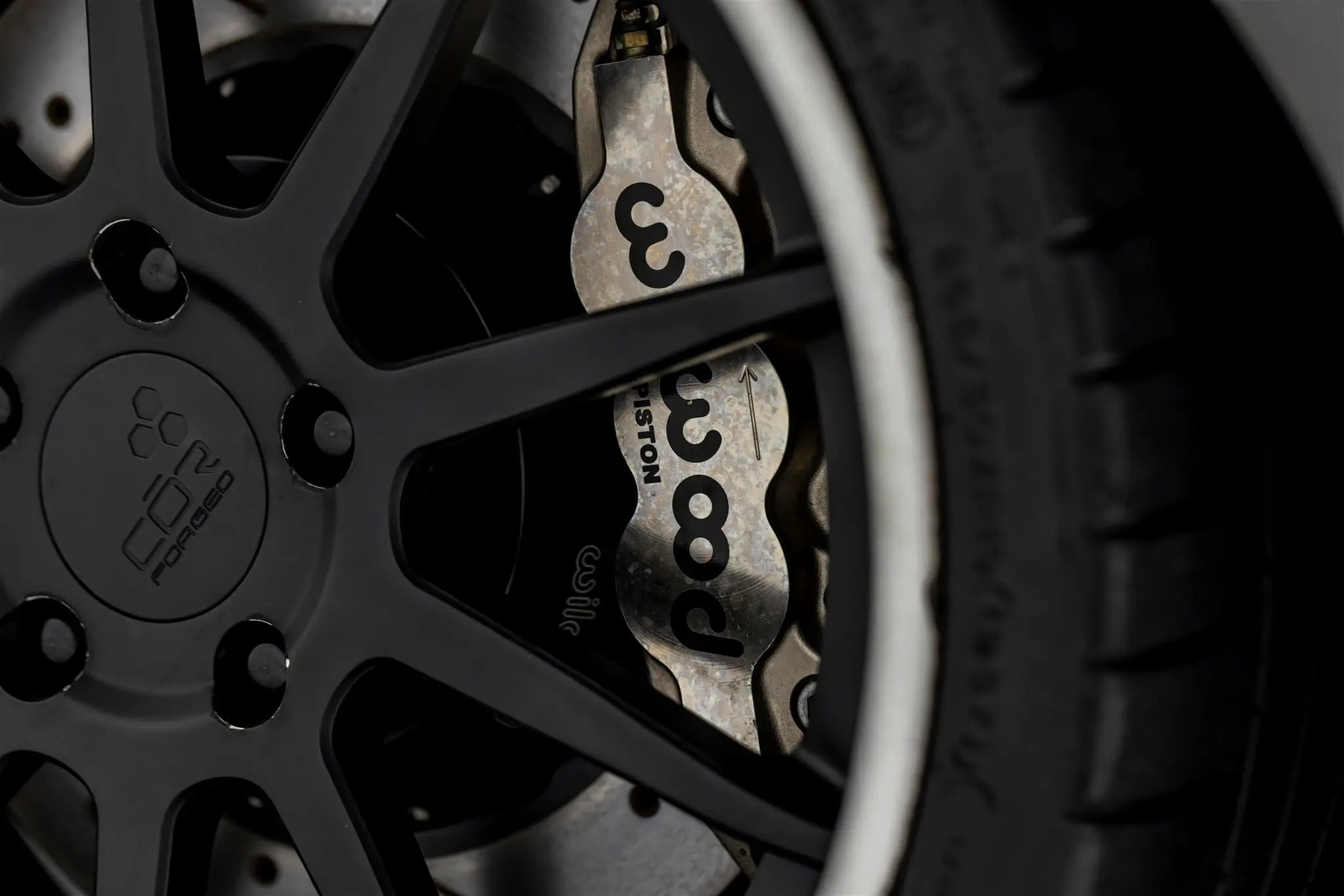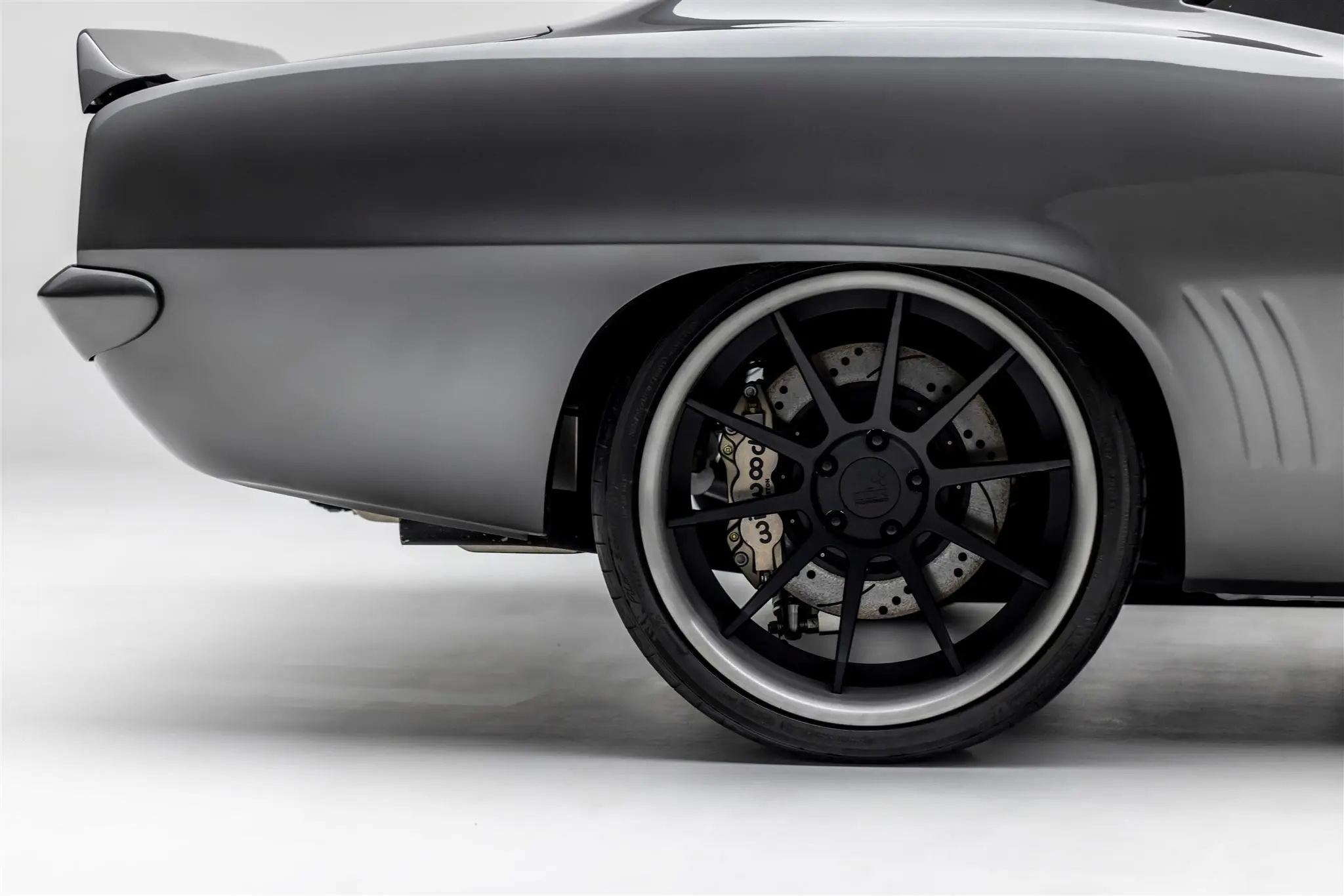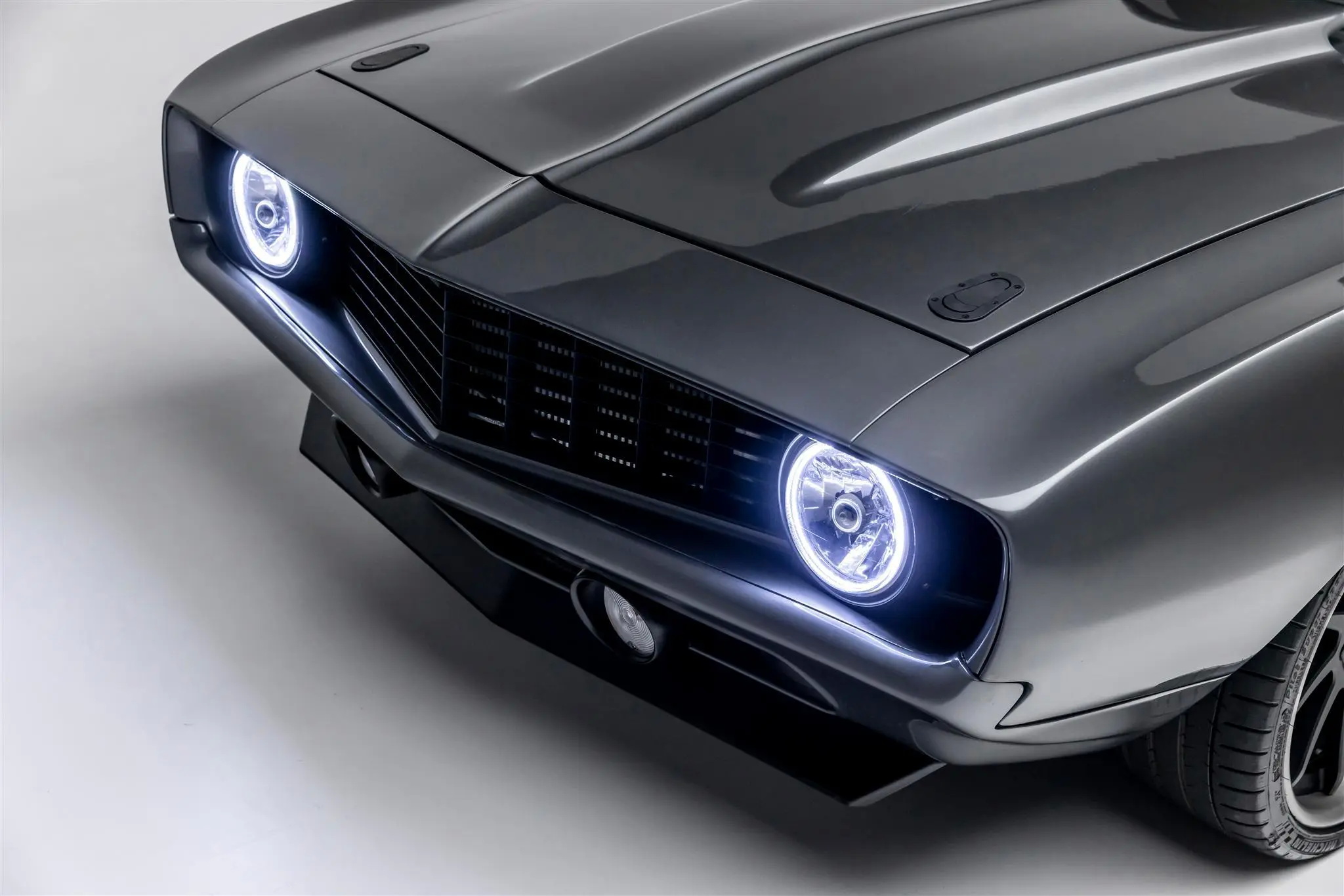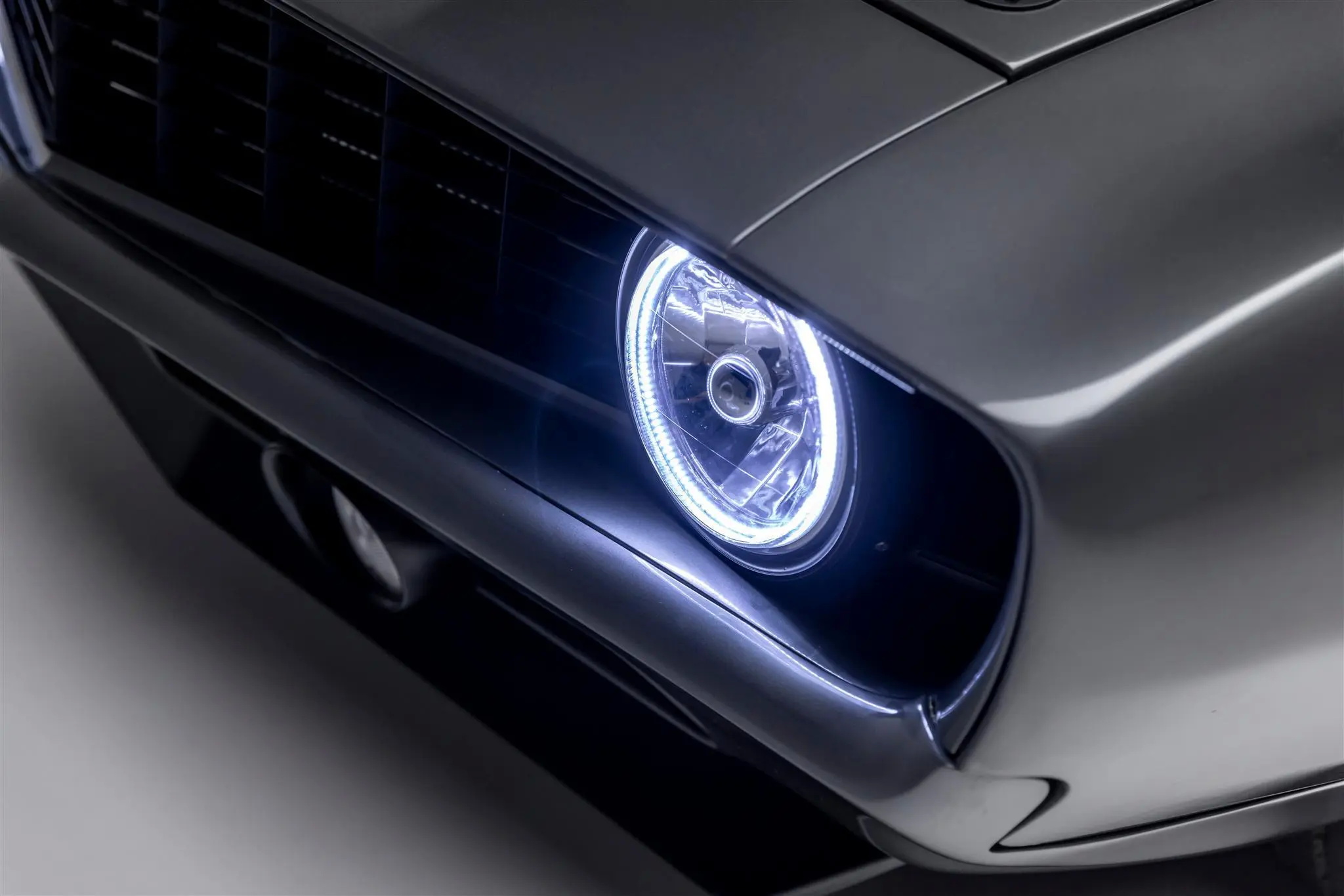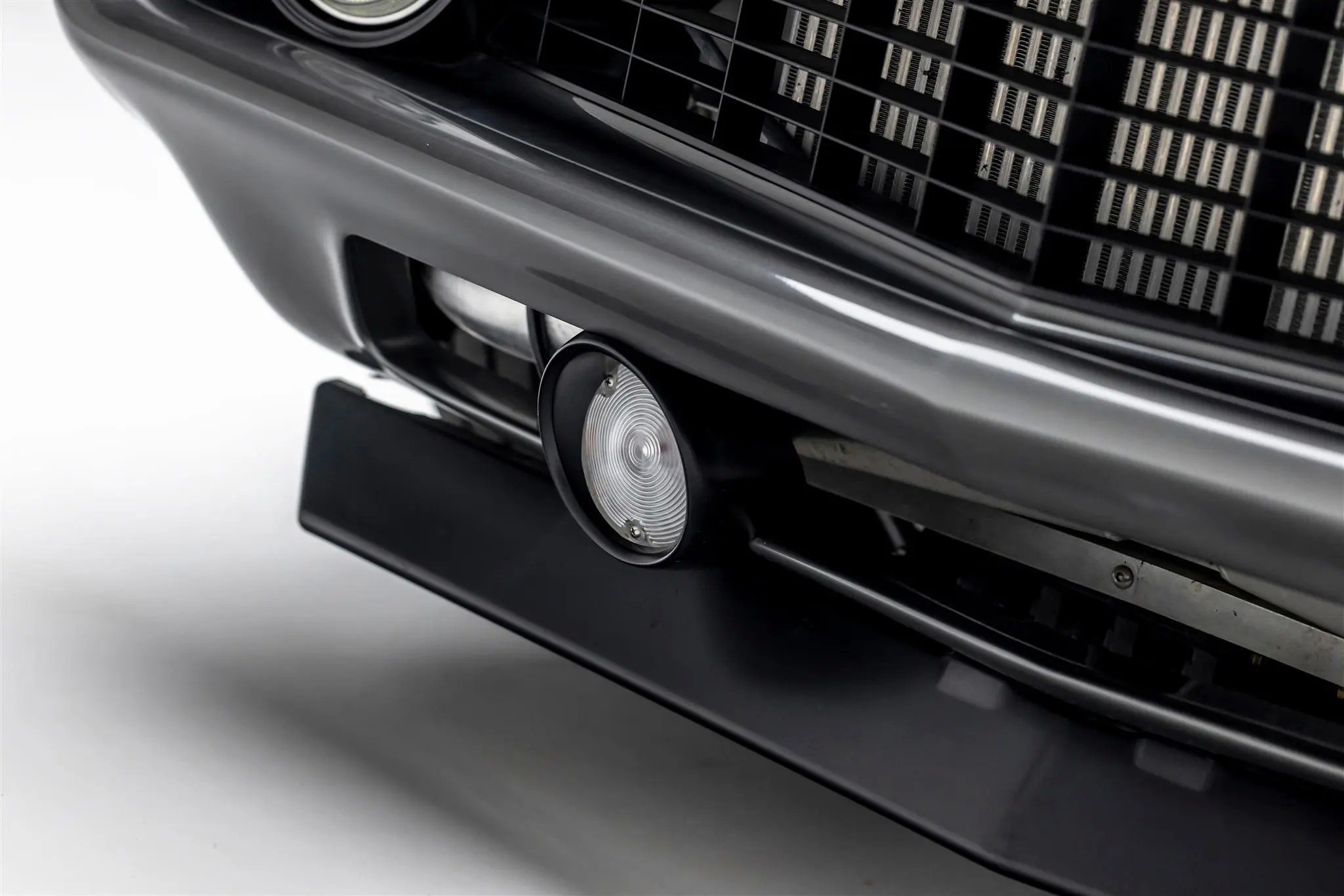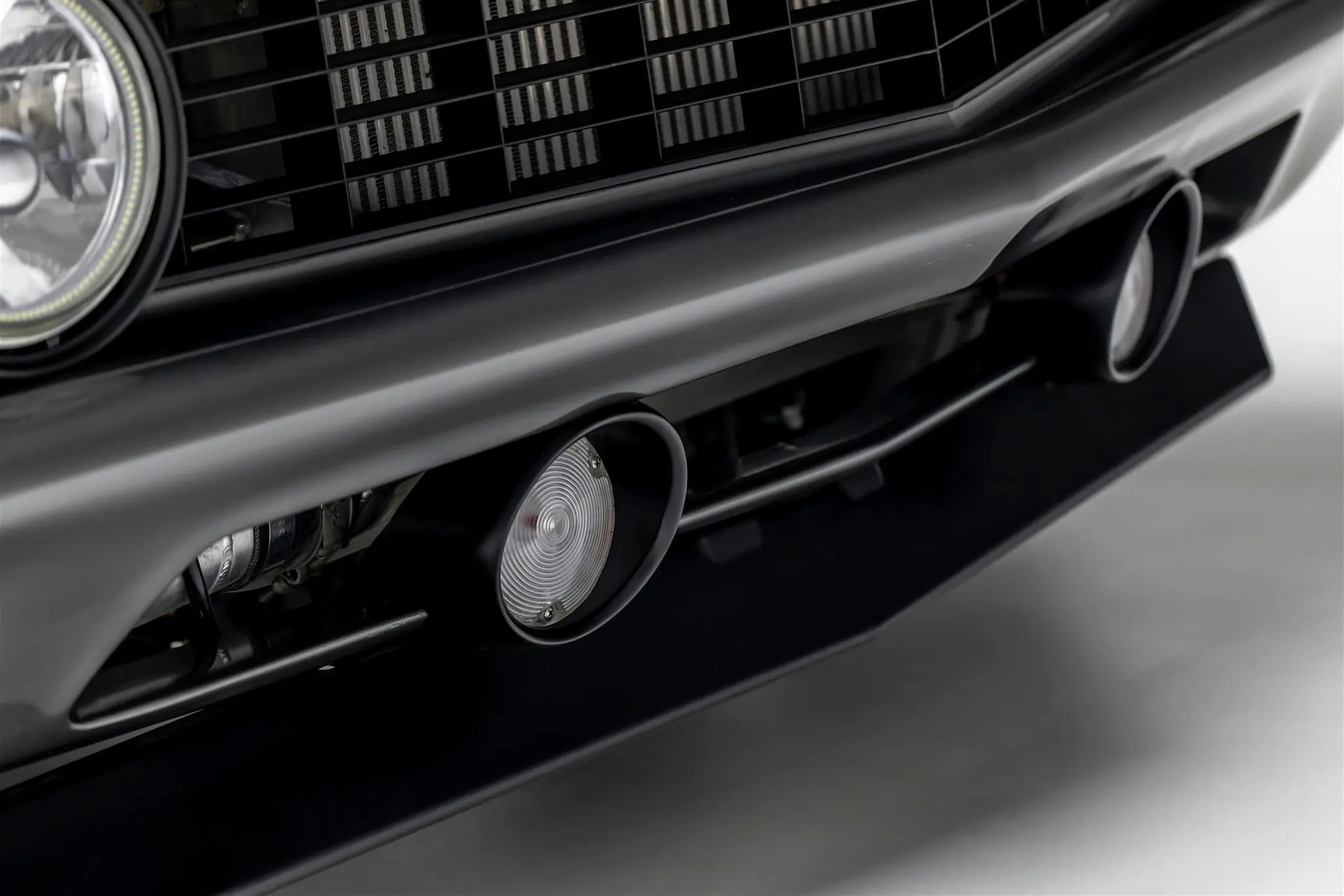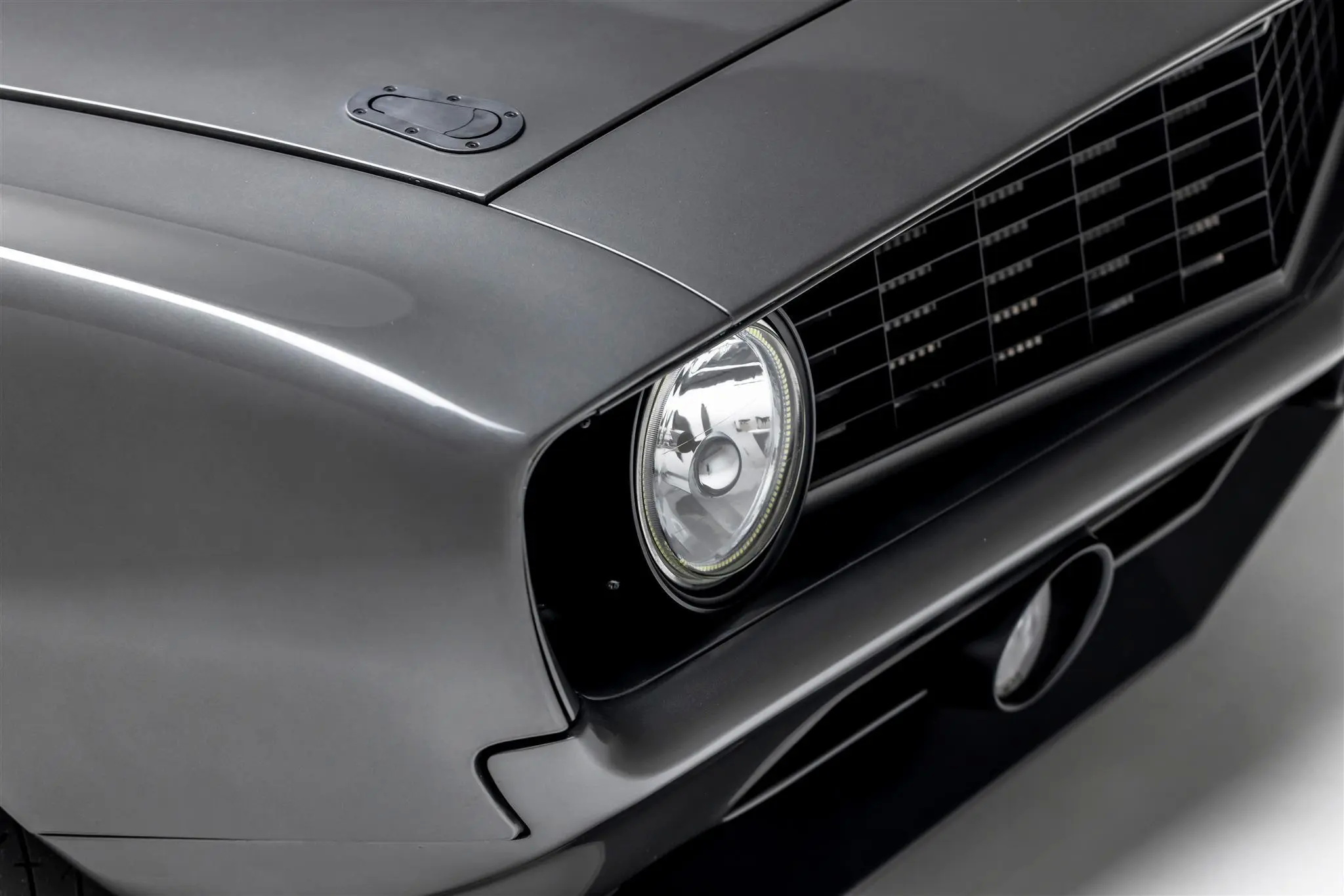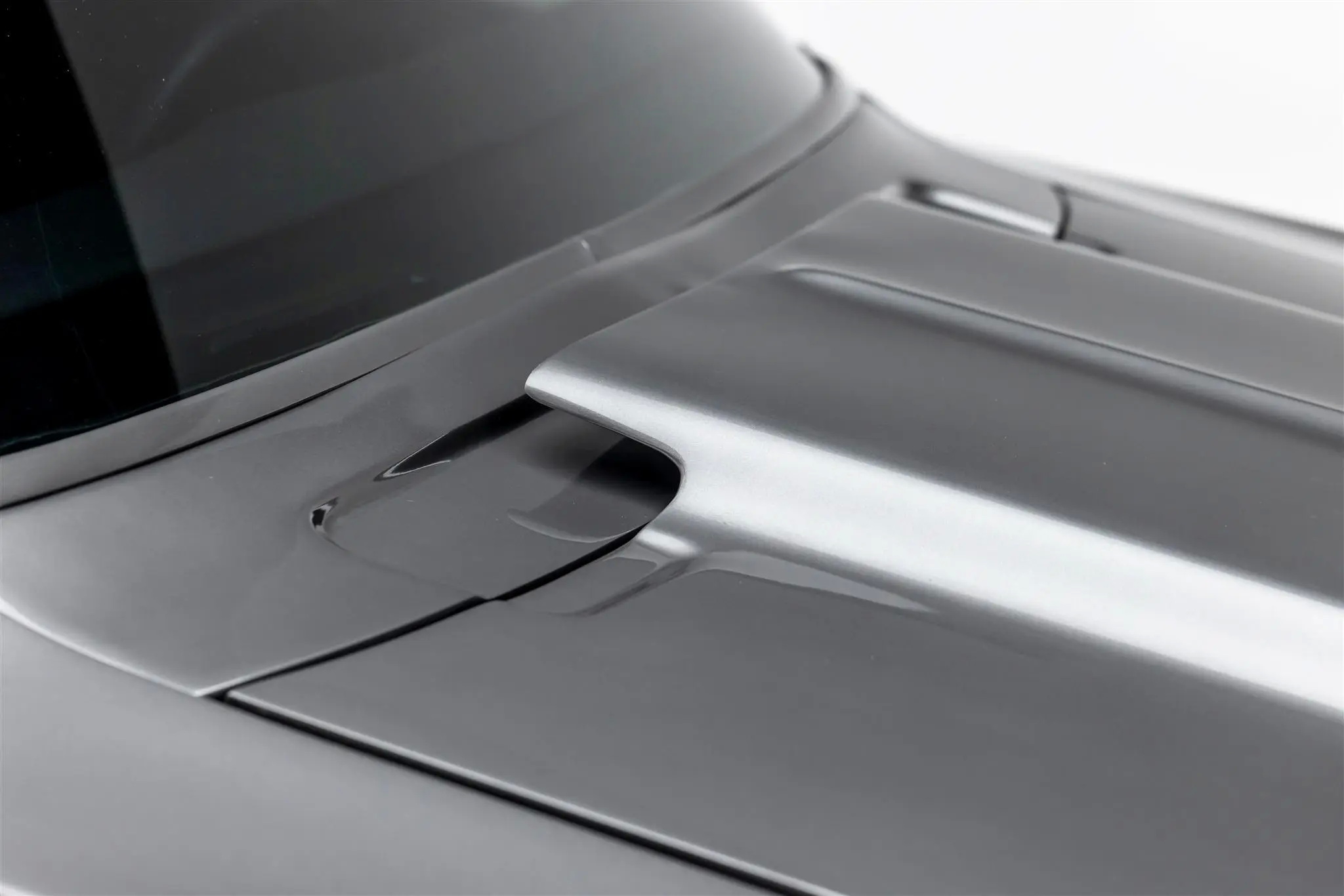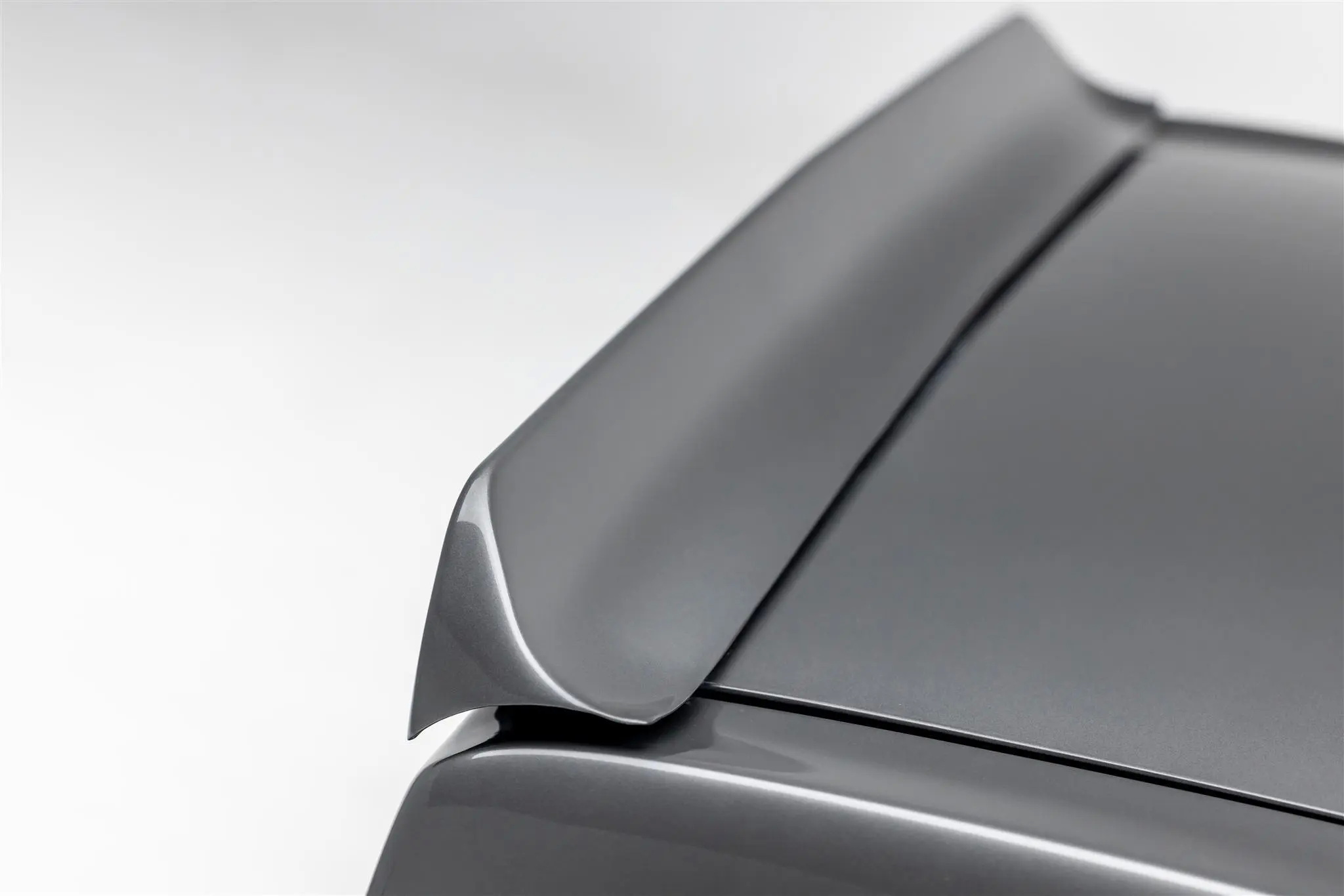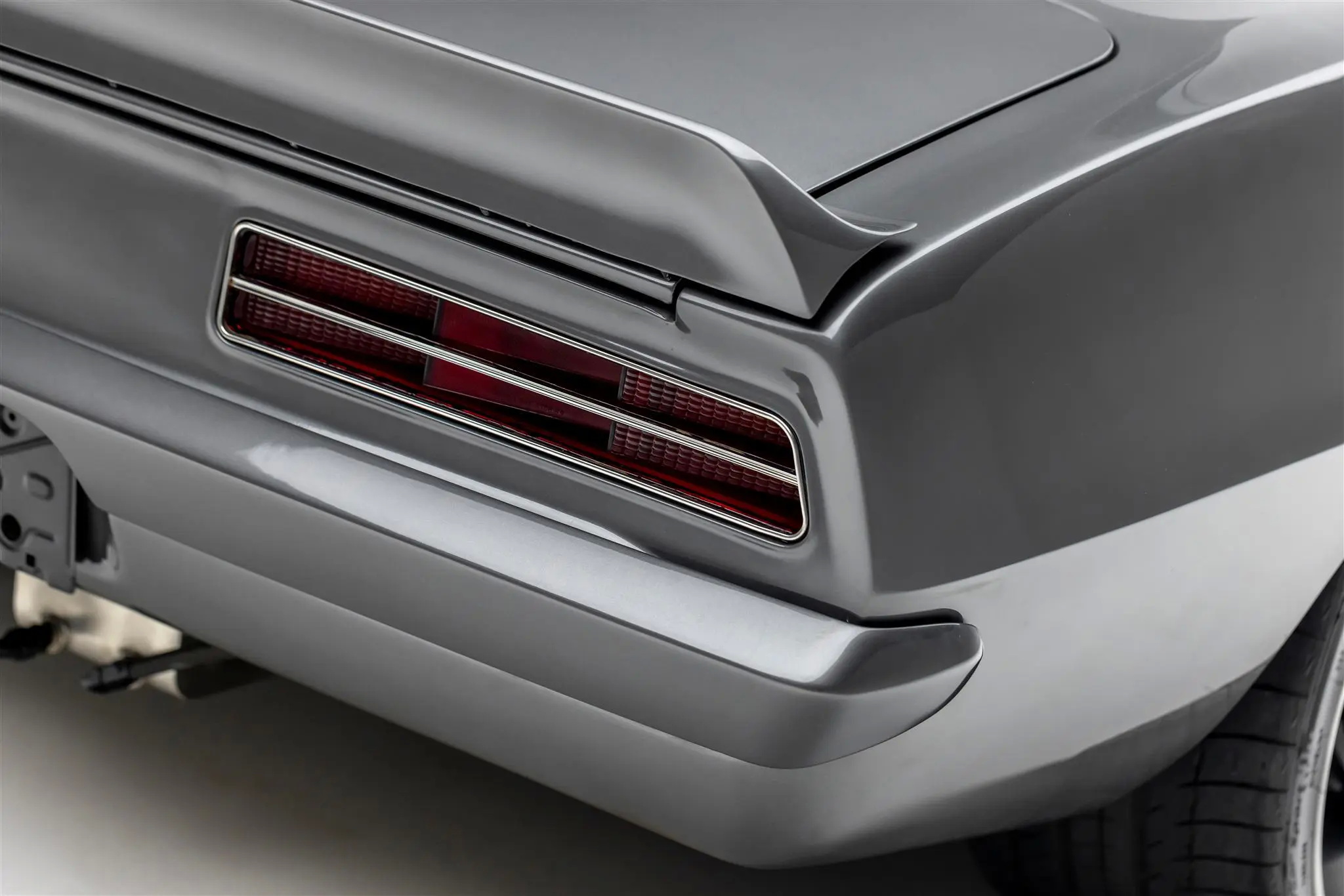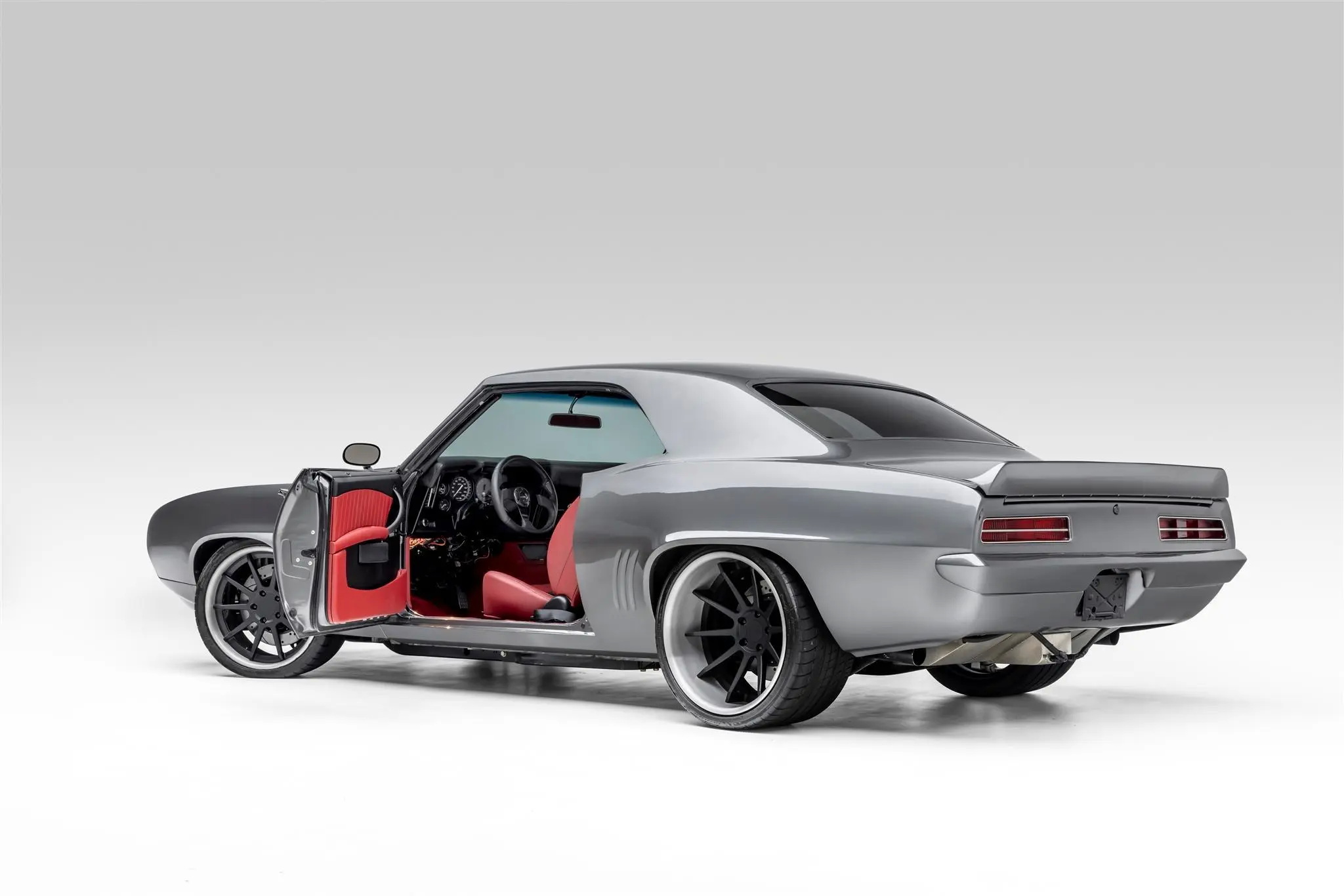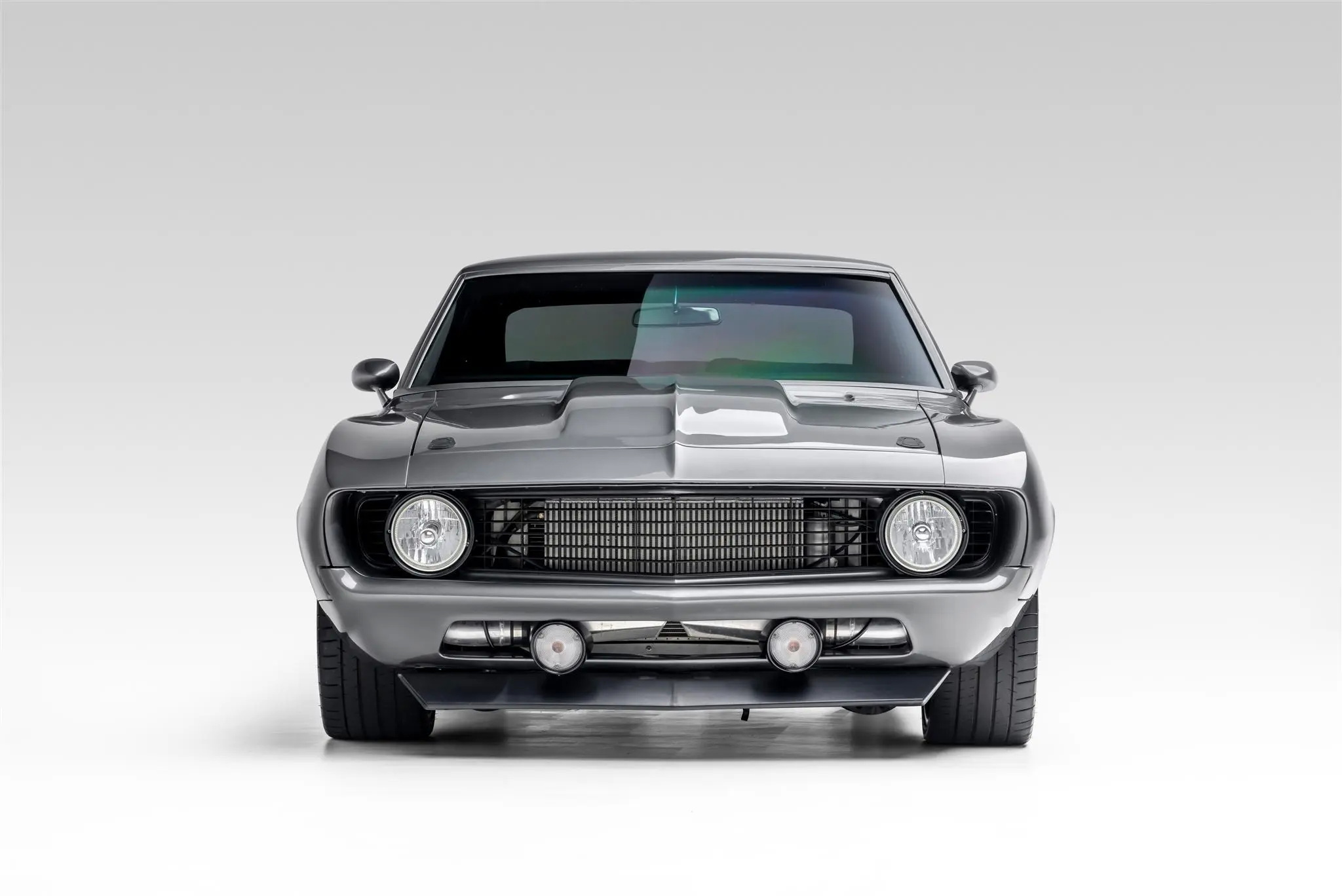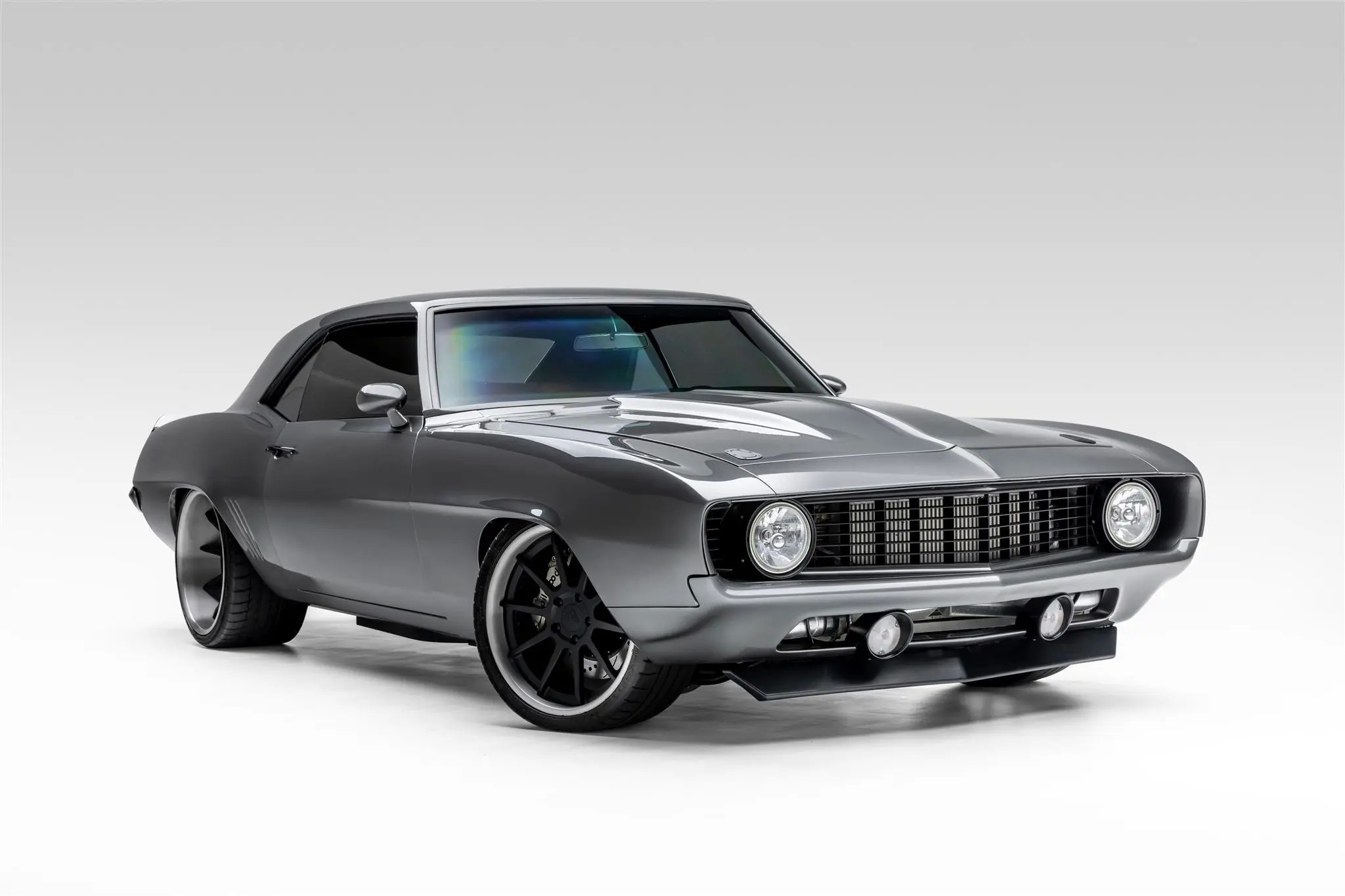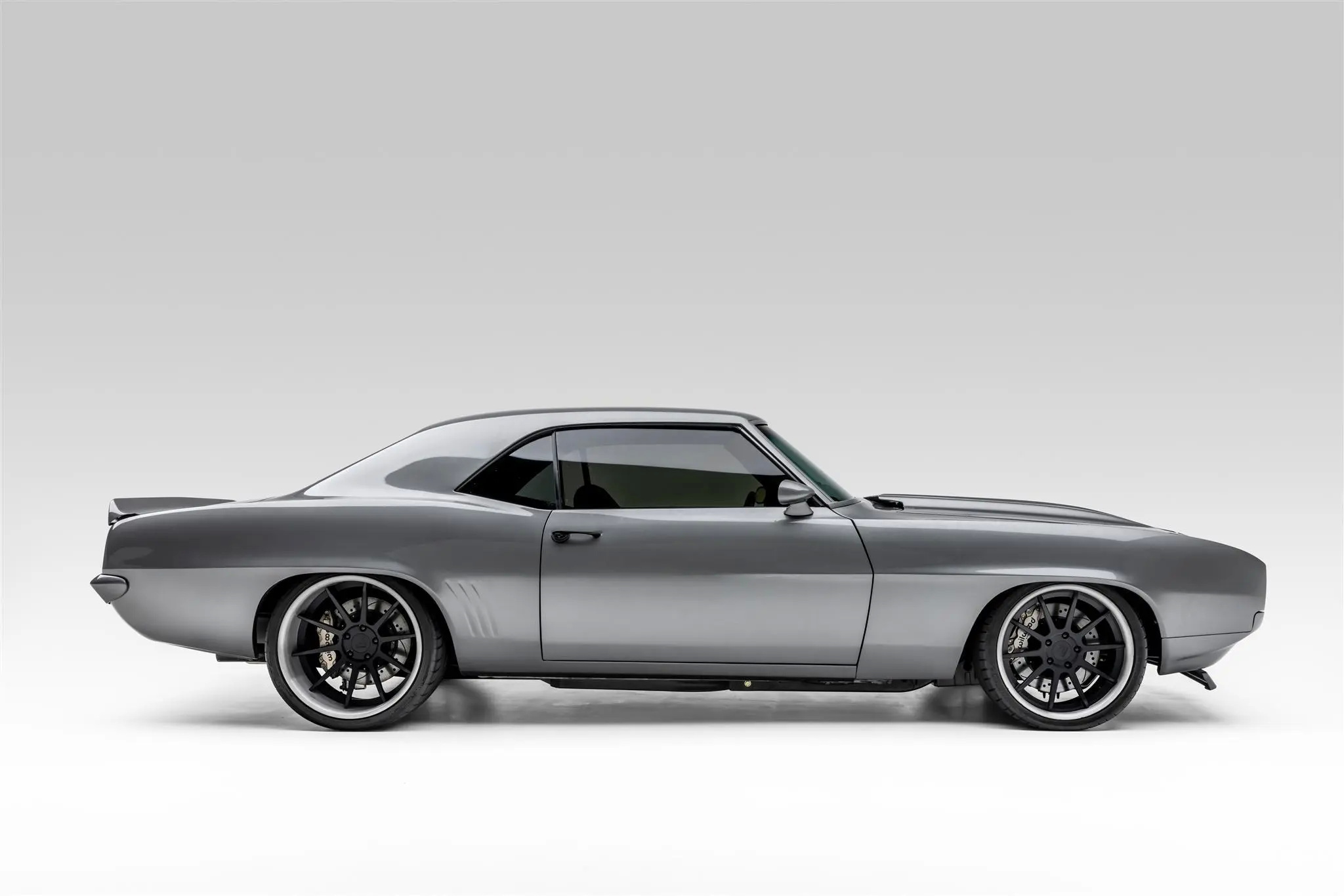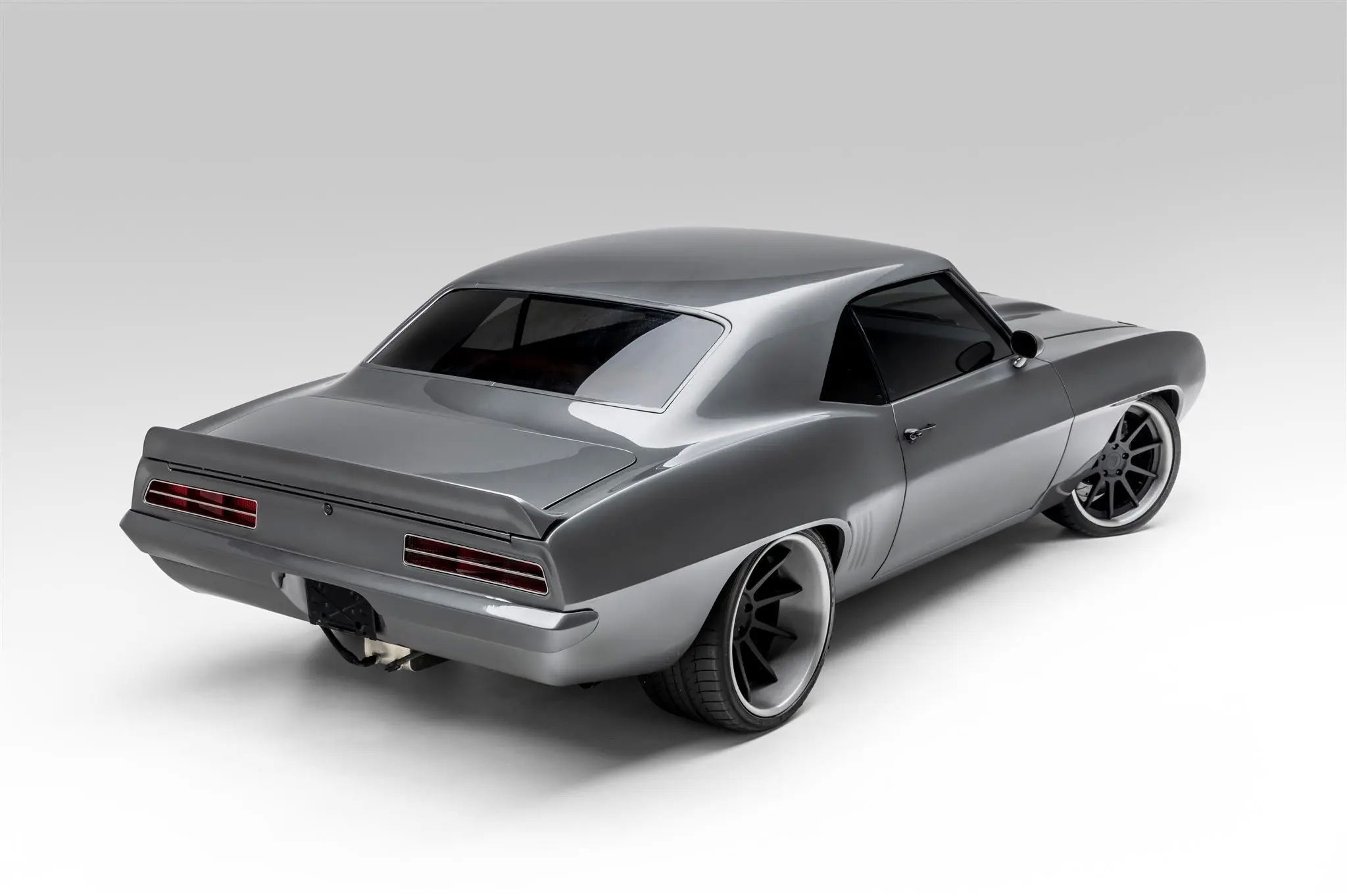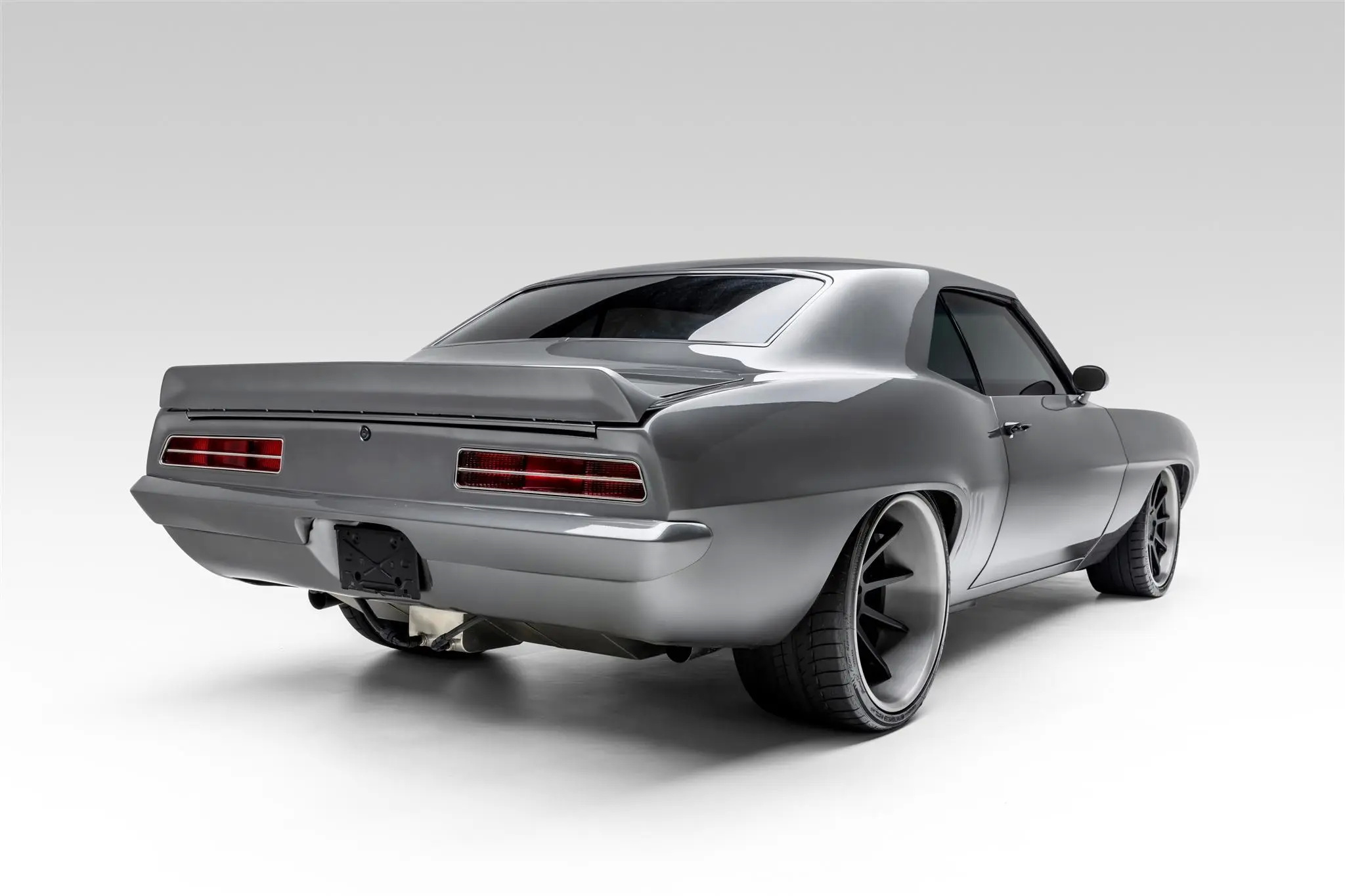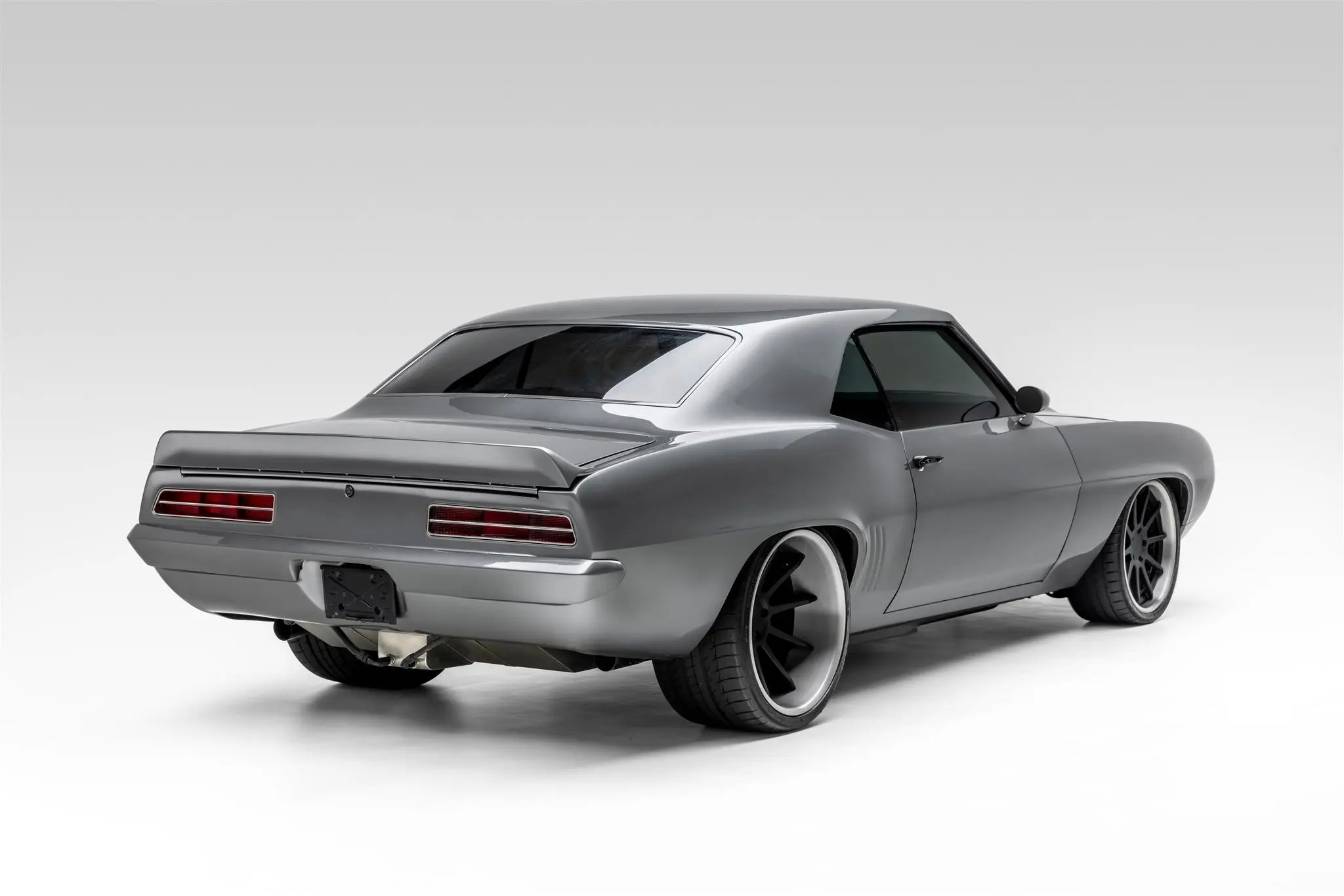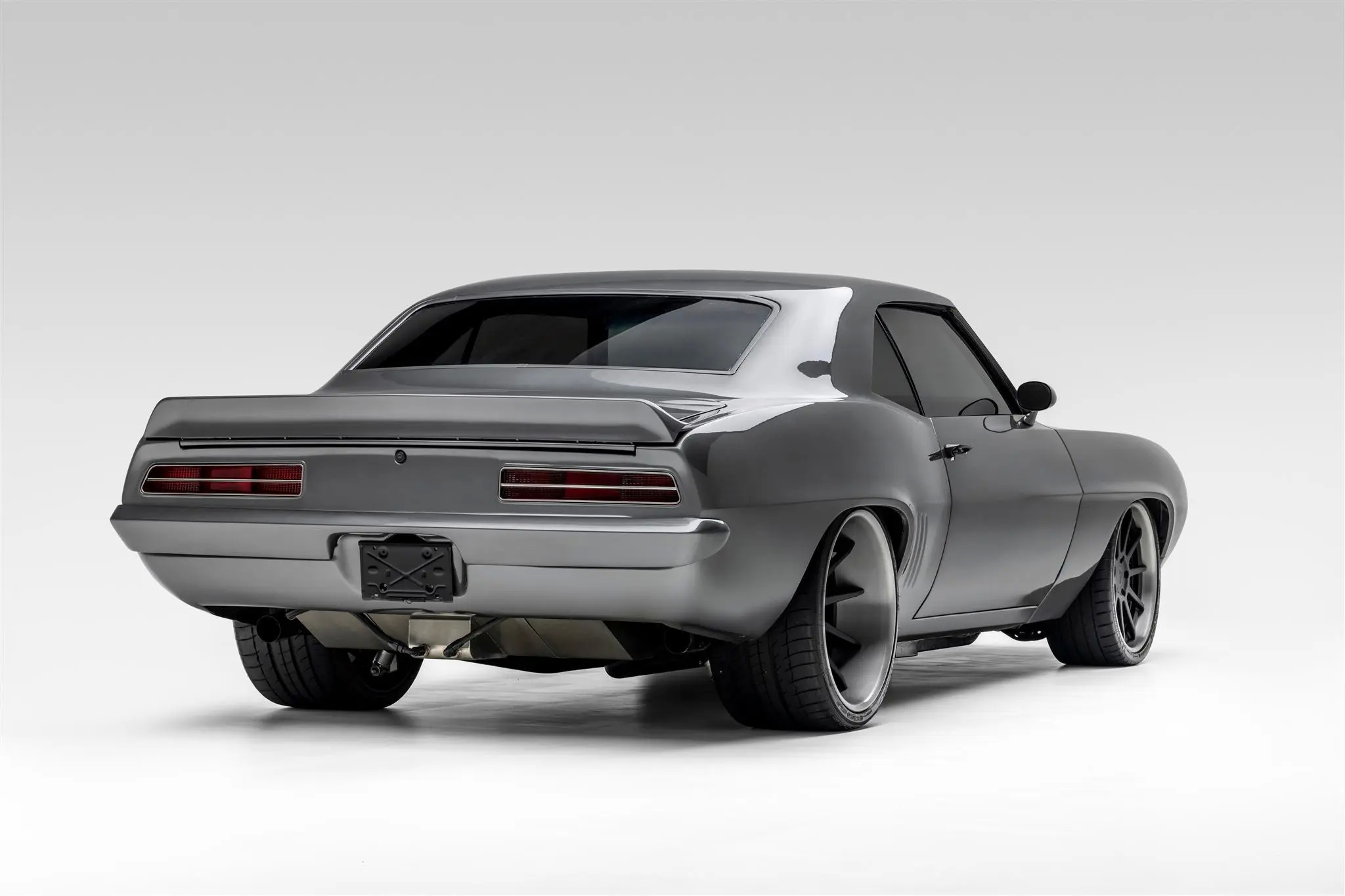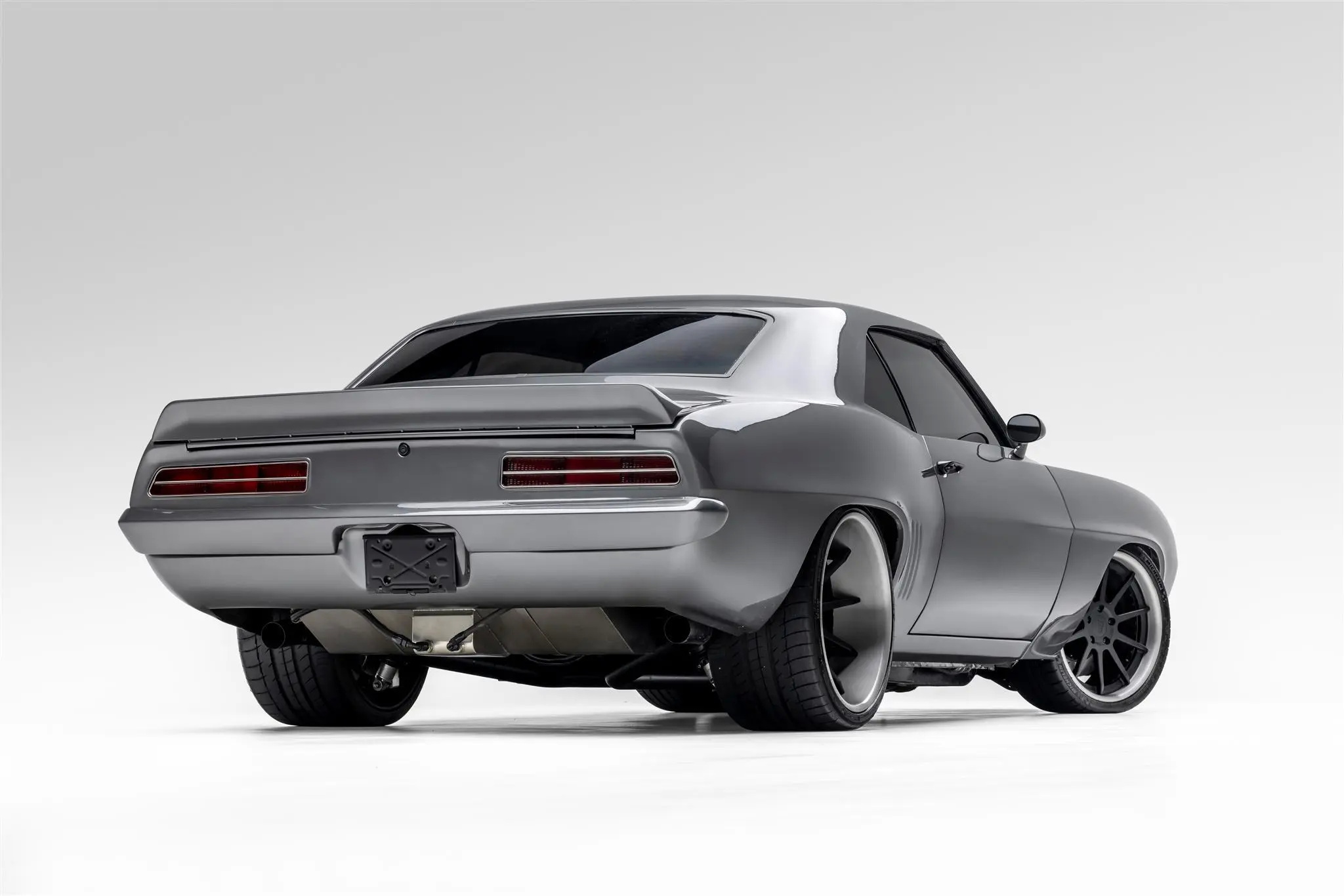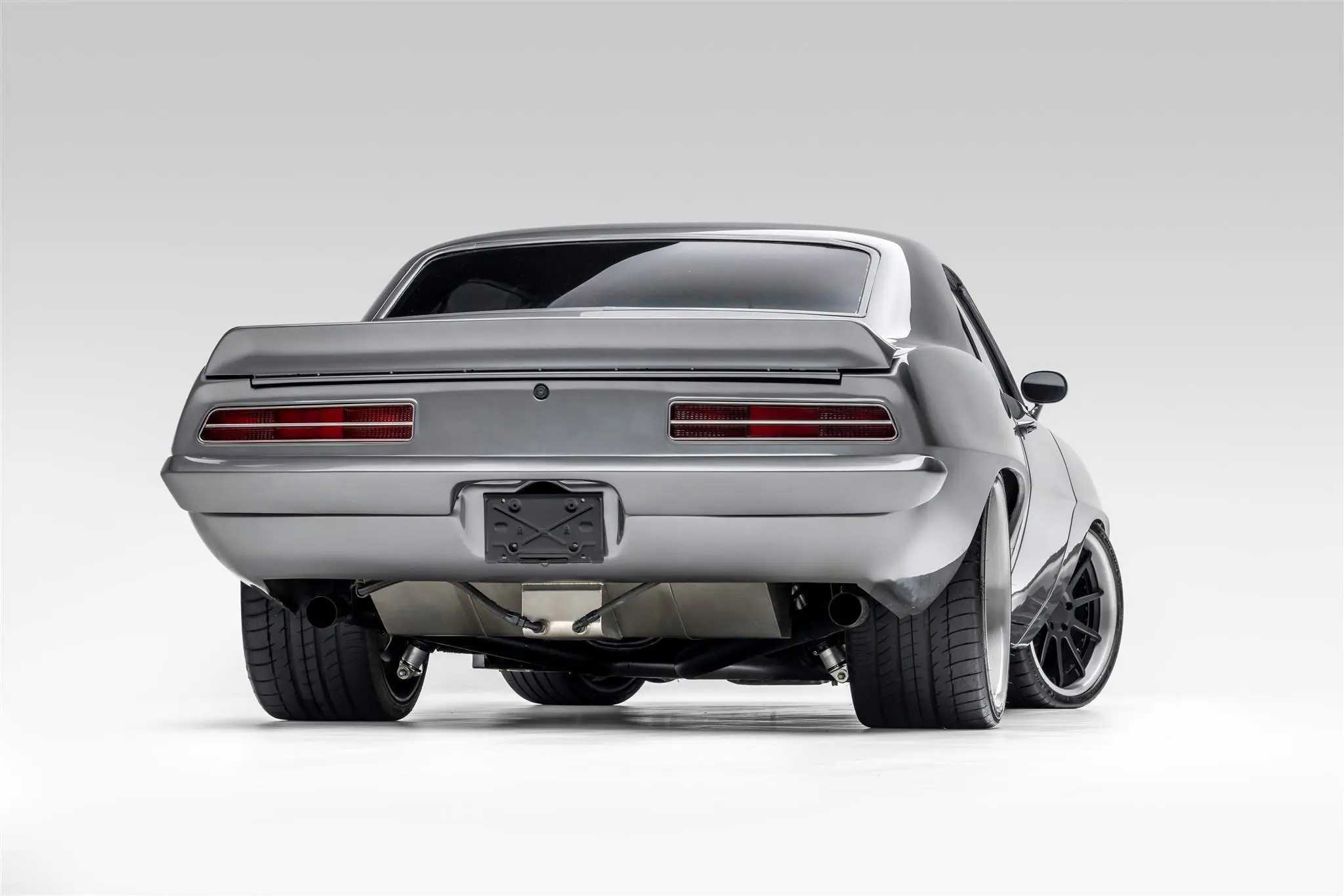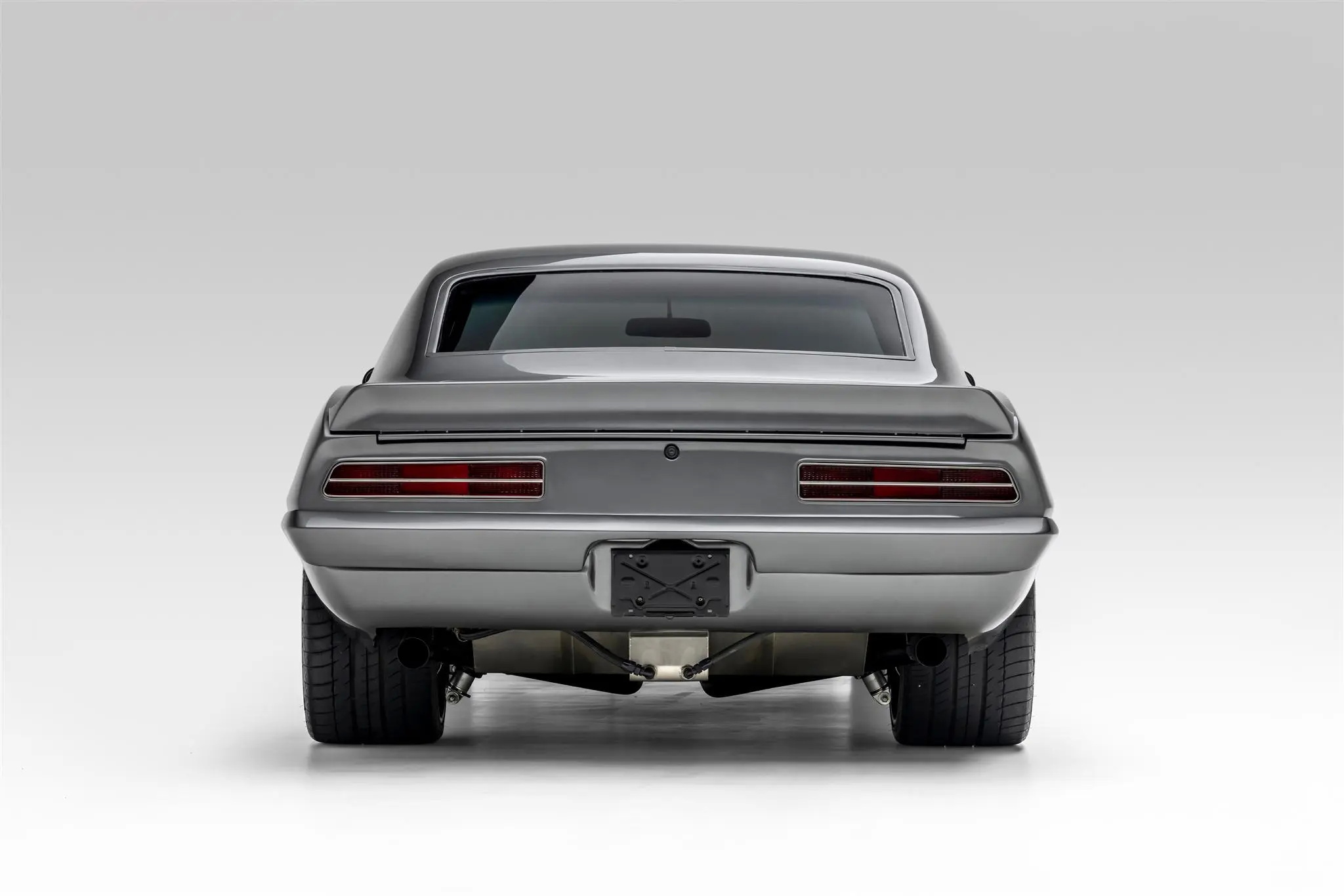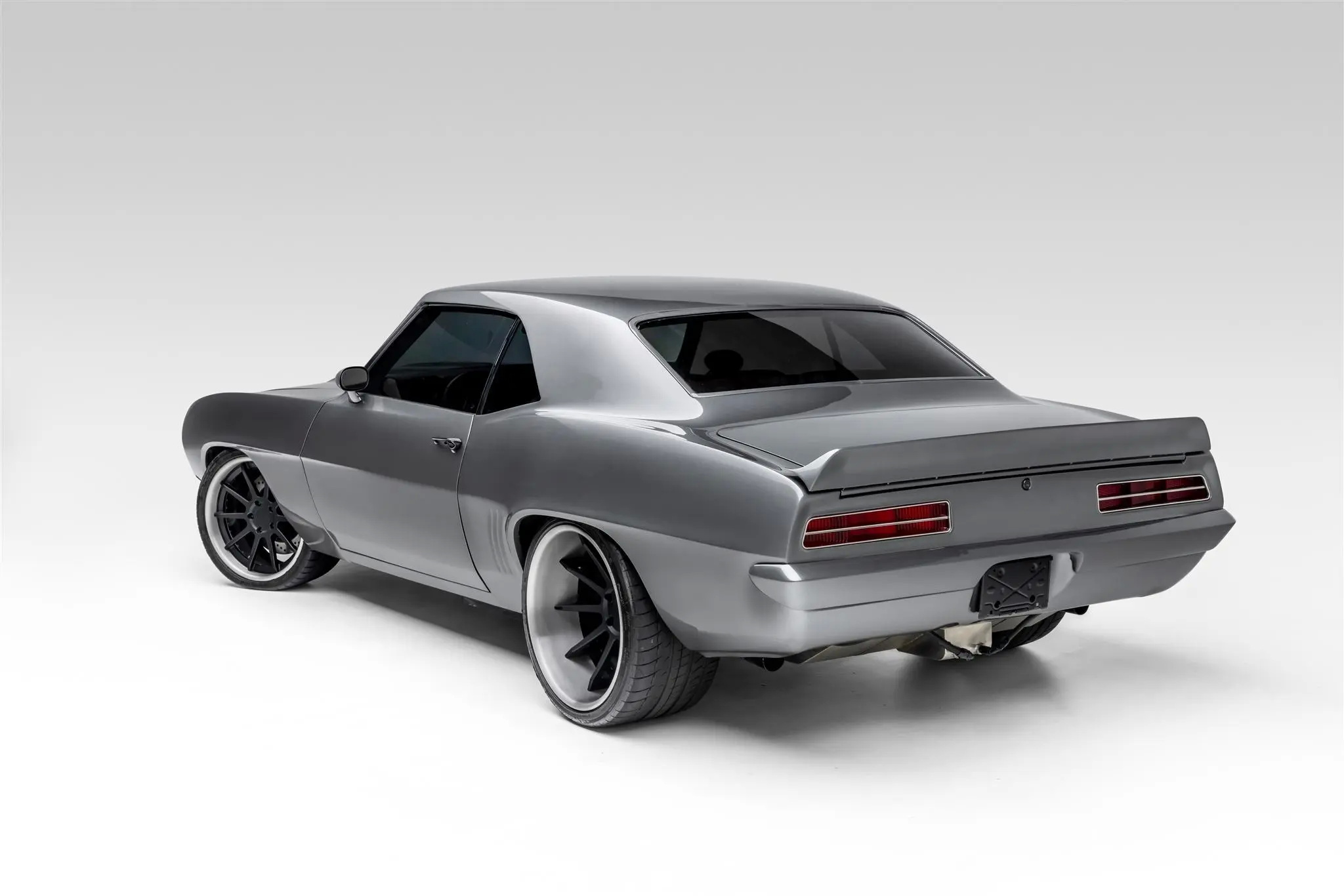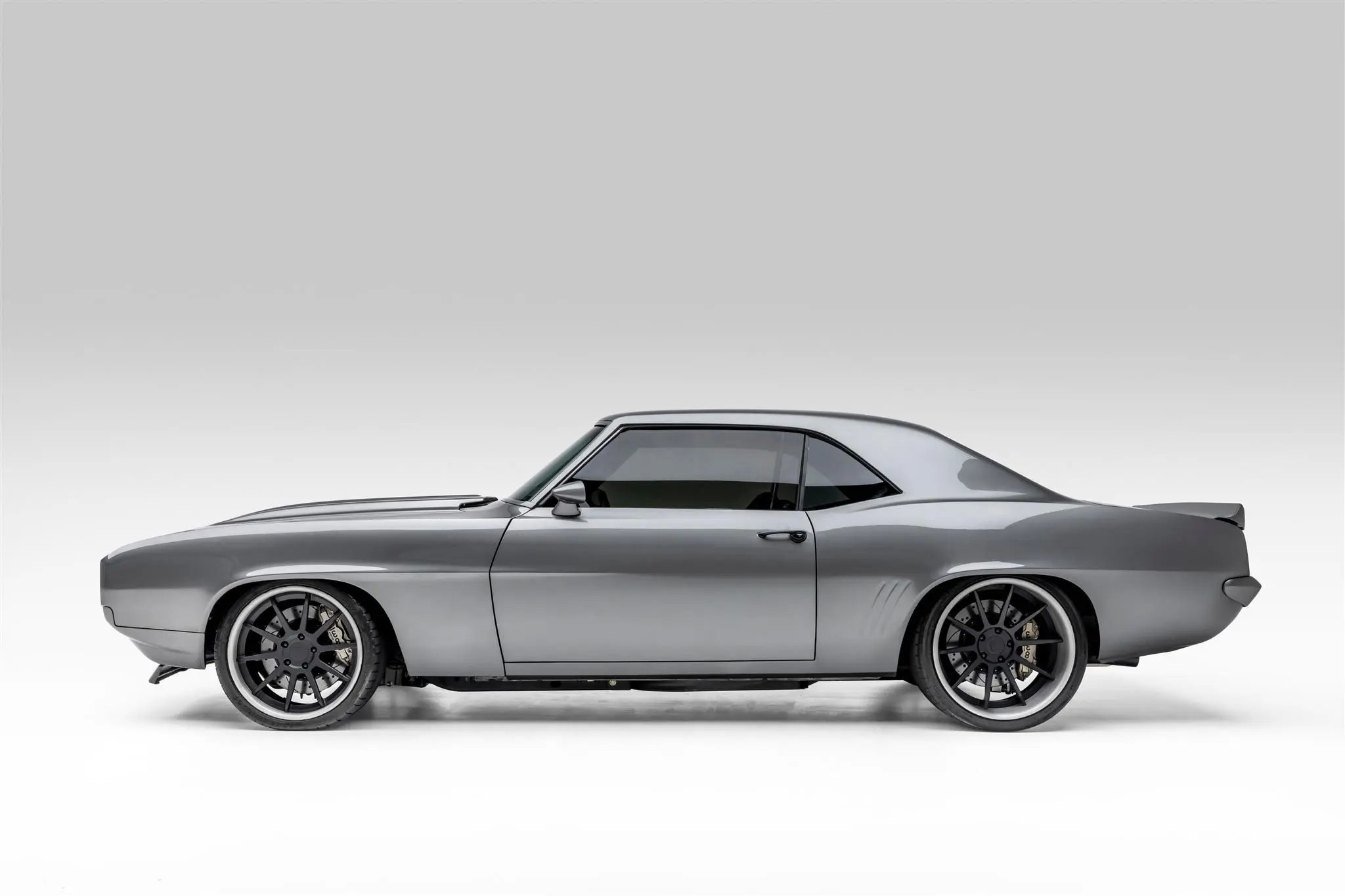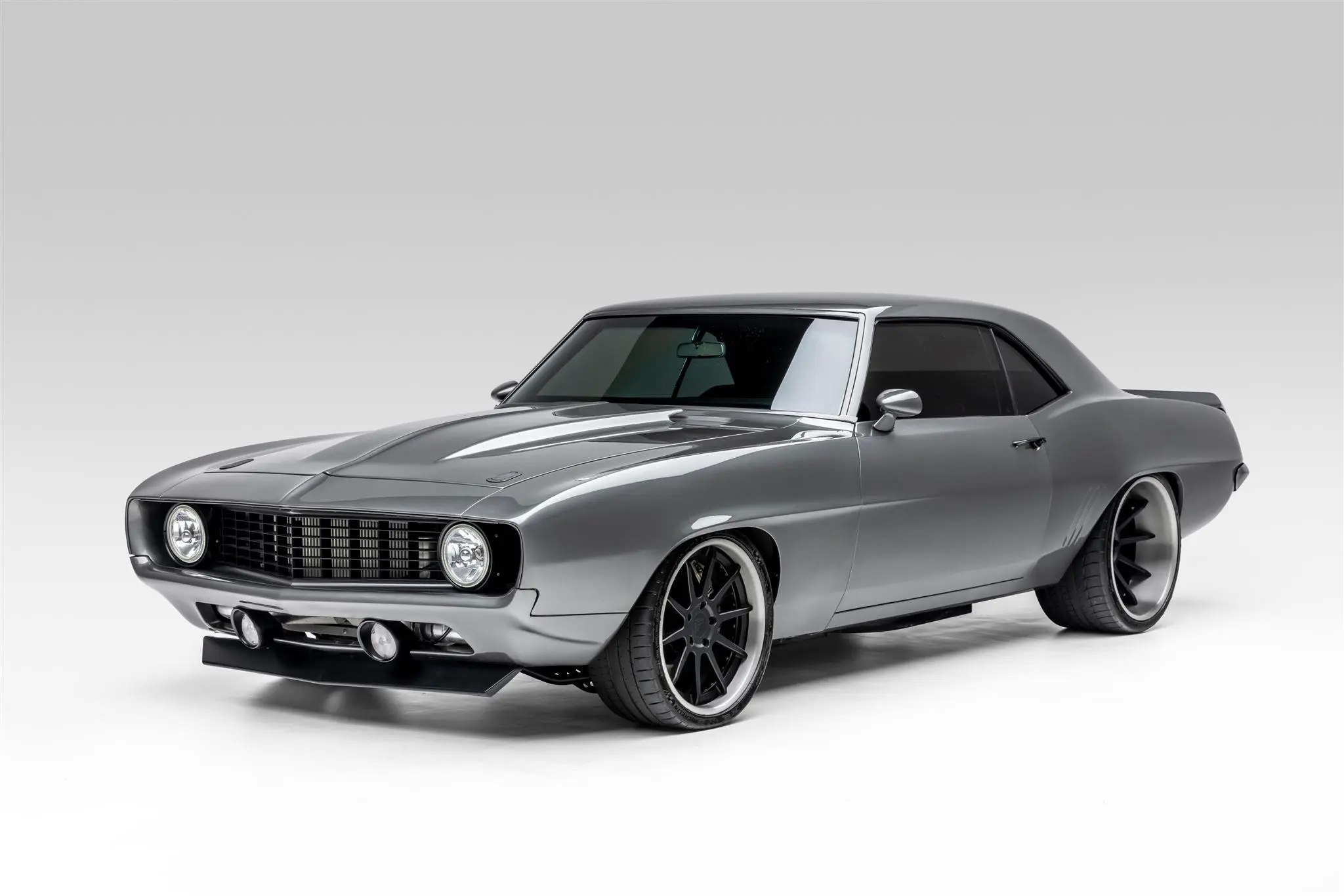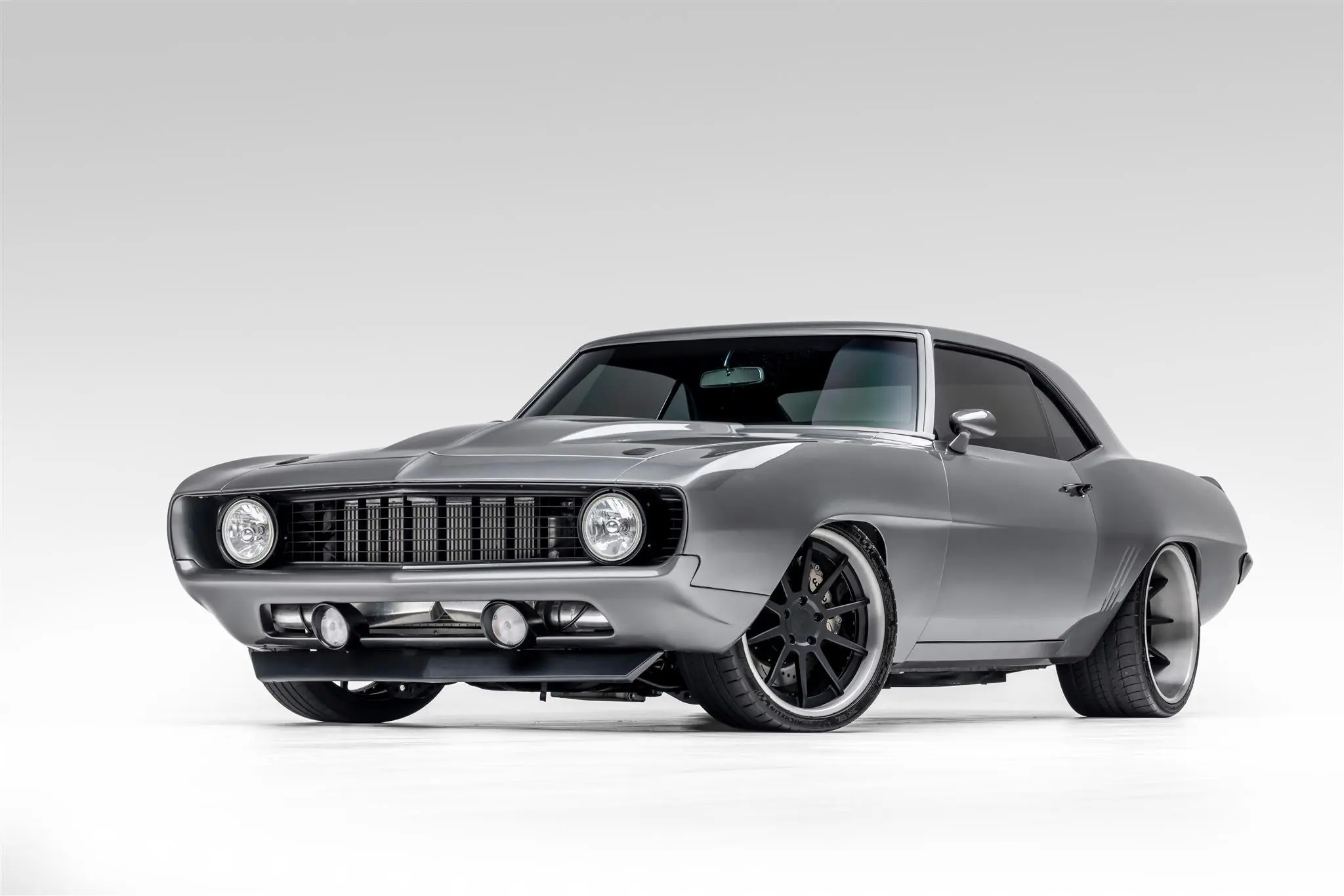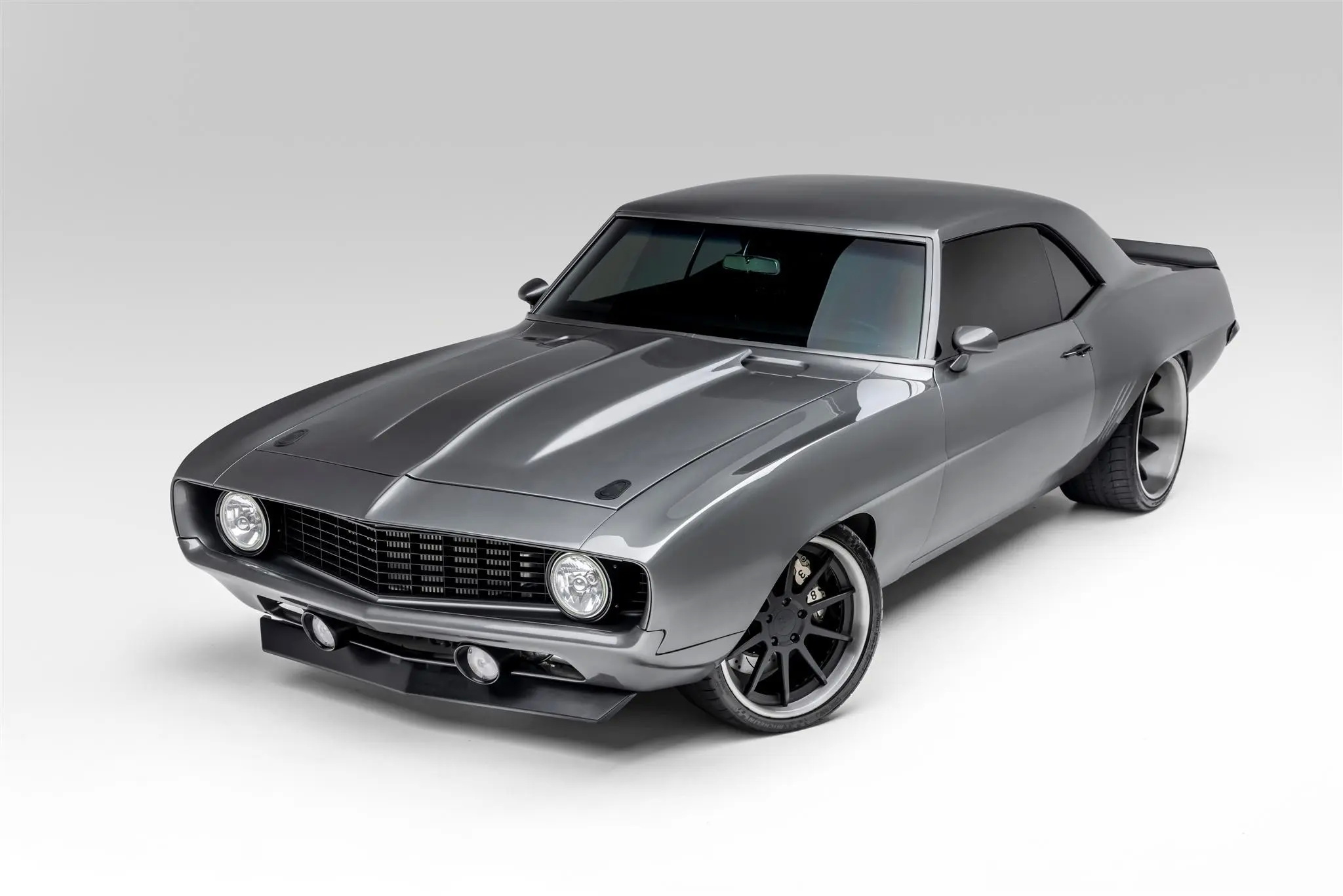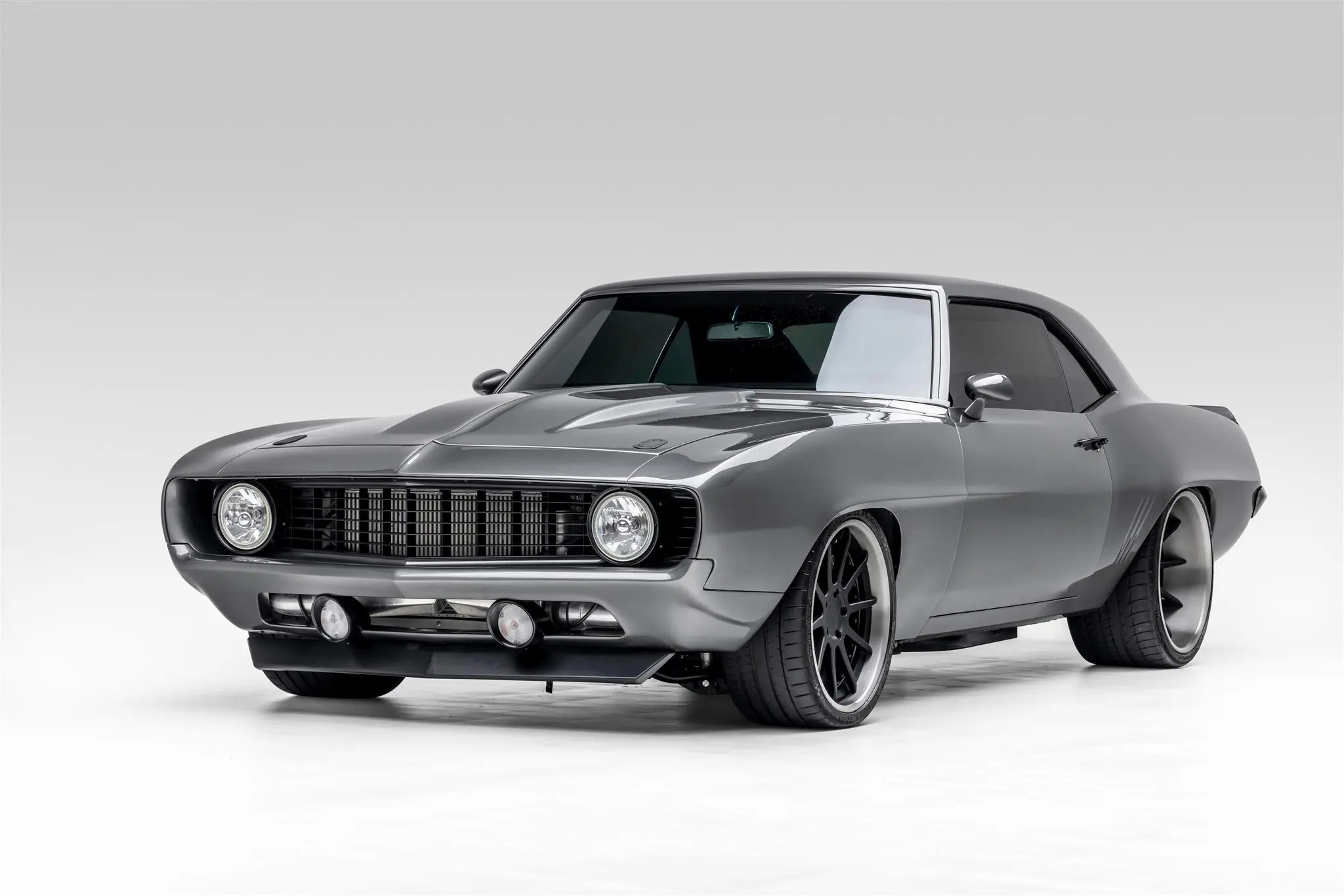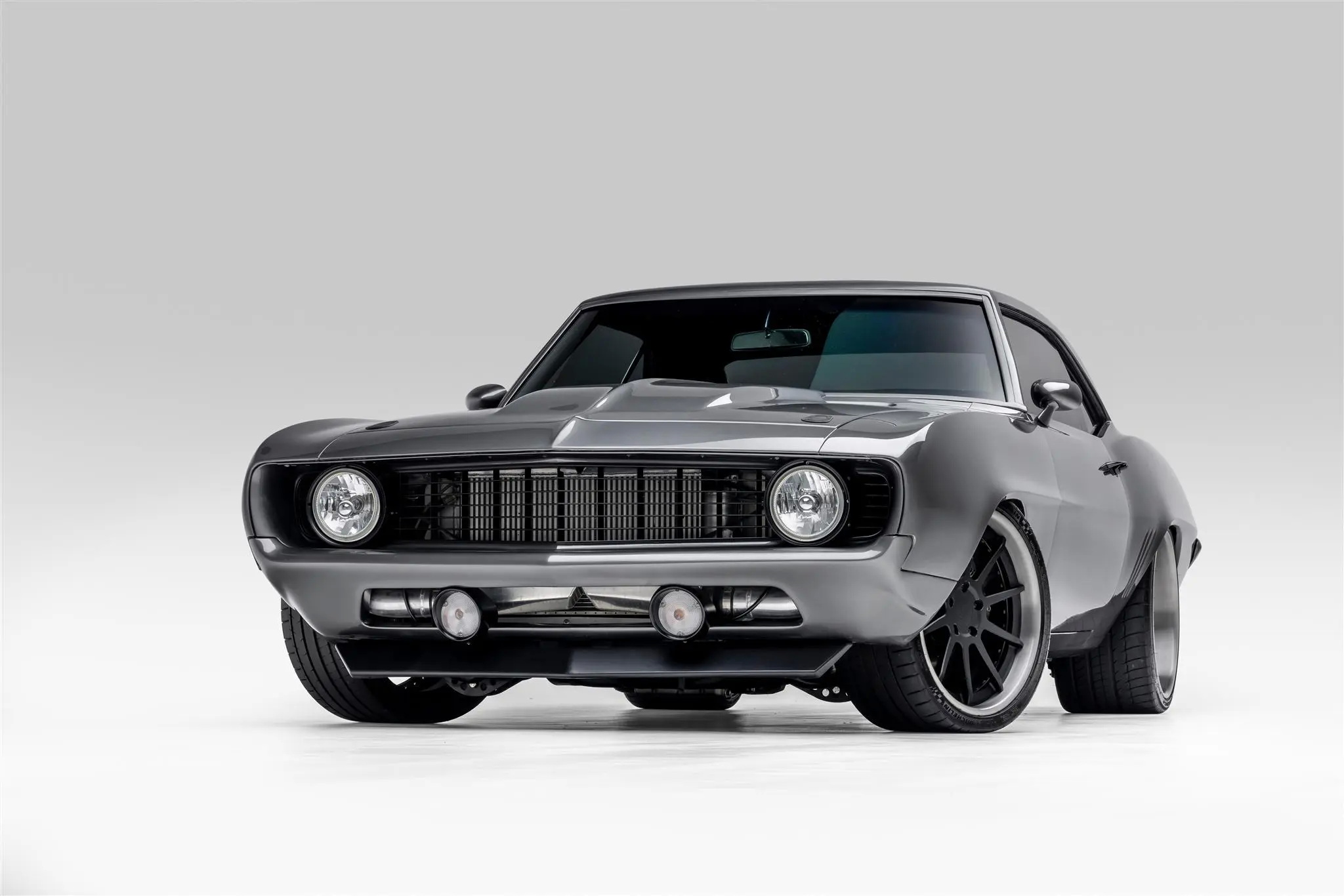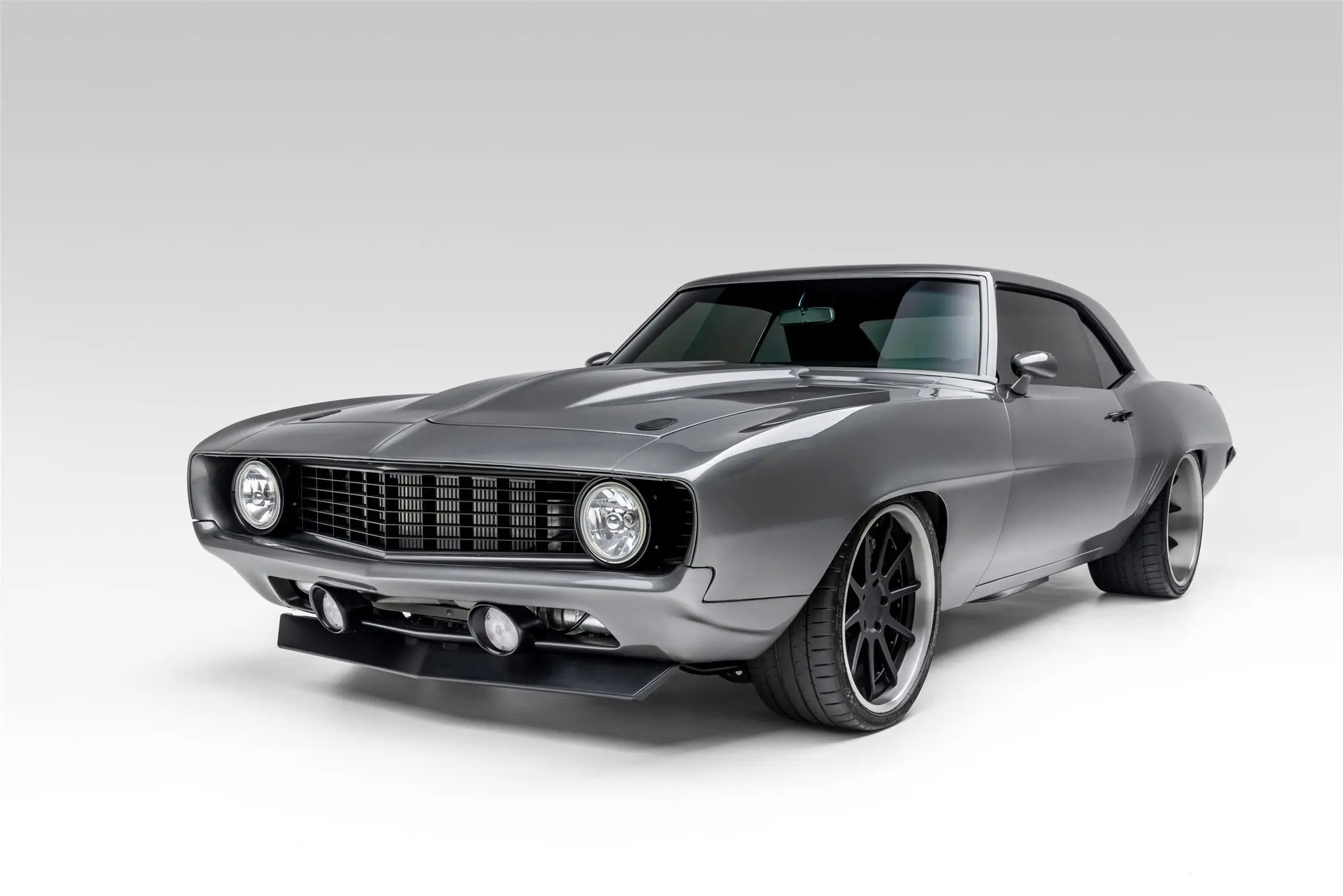Dropping a modern motor into a classic car might make it a restomod but it doesn’t make it a complete package. To reach that level one has to go further and that’s what this 1969 Chevrolet Camaro represents. The twin-turbocharged LSX under the hood is just the start of one incredible package on four wheels.
According to the seller, the 6.2-liter (376ci) V8 develops some 700hp (521 kW) at the rear wheels thanks to dual turbochargers and an air-to-air intercooler. It sends power to those wheels through a six-speed manual transmission built by Tremec. Reigning in those ponies is a complete Wilwood braking system complete with six-piston calipers up front and slotted and drilled rotors all around.
The classic Camaro is supported by a Ridetech suspension and COR Forged three-piece wheels wrapped in Michelin Pilot Super Sport tires. Most of the body is stock but a few modifications give away the performance that this car possesses. Those changes include a carbon fiber cowl hood, snap-style hood pins, shaved marker lights, LED headlights and tail lights, and spoilers on both the front and rear. The Shark Gray Metallic paint color is subtle and blends perfectly with the two-tone wheels.
Read More: Gran TurismOMG: Maggiore Reveals Restomod Ode To Ferrari 288 GTO
Changes on the inside are a bit bolder. The stock interior is gone in favor of updated front and rear bucket seats. They’re all covered in red vinyl with black pleated inserts. The dash and door cards are color matched to blend perfectly with the seats. It even has red carpeting throughout the cabin.
Modern technology is a feature too with Restomod Air climate control, an Alpine sound system complete with Apple CarPlay. Classic Instruments Autocross gauges fill the cluster and provide info on speed, RPM, coolant temp, oil pressure, fuel level, and battery voltage.
While no dyno sheet is provided in the gallery on Bring a Trailer, the seller says in the comment section that it develops “right at 700 whp on pump fuel at 8 lbs boost.” That’s quite the figure for pump gas and it also means that there might be more power on the table for the next owner if they’re willing to switch to ethanol.




